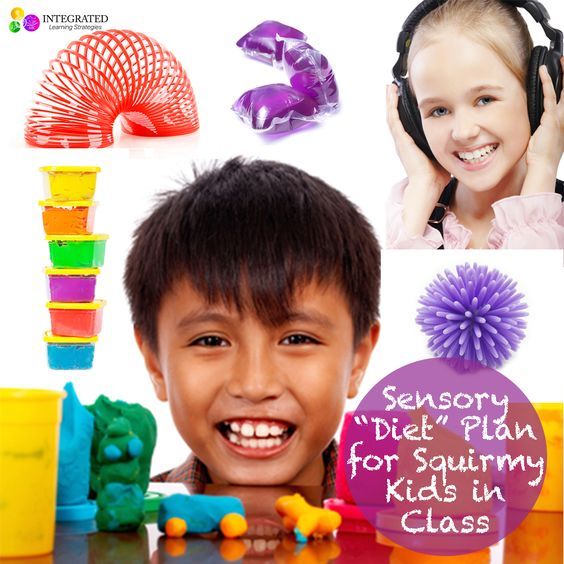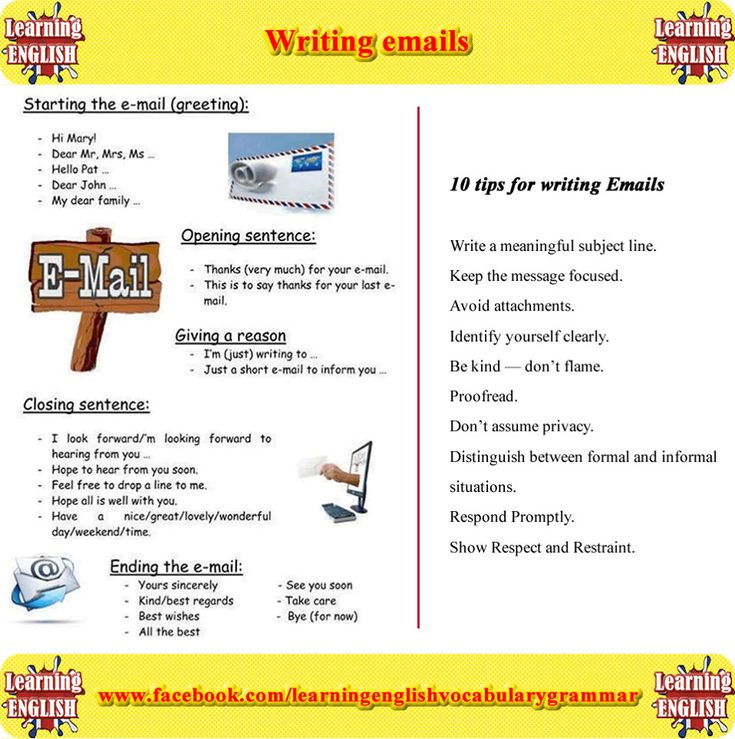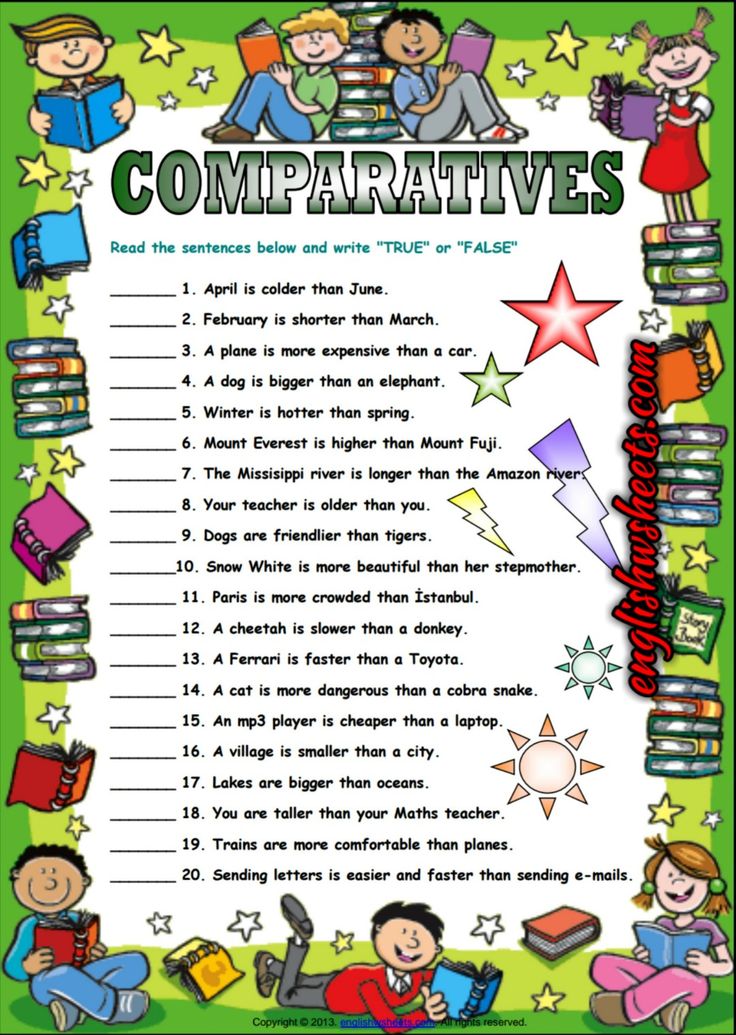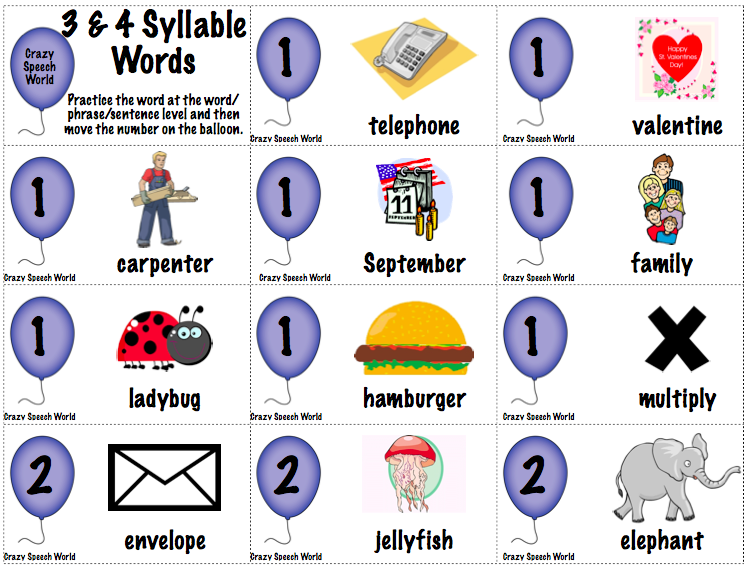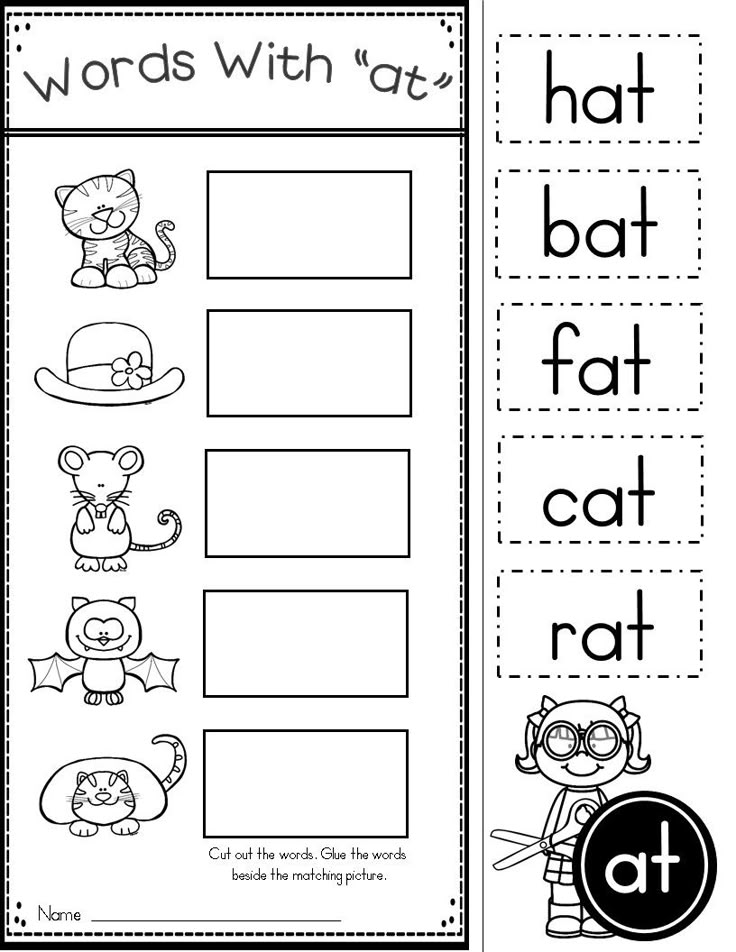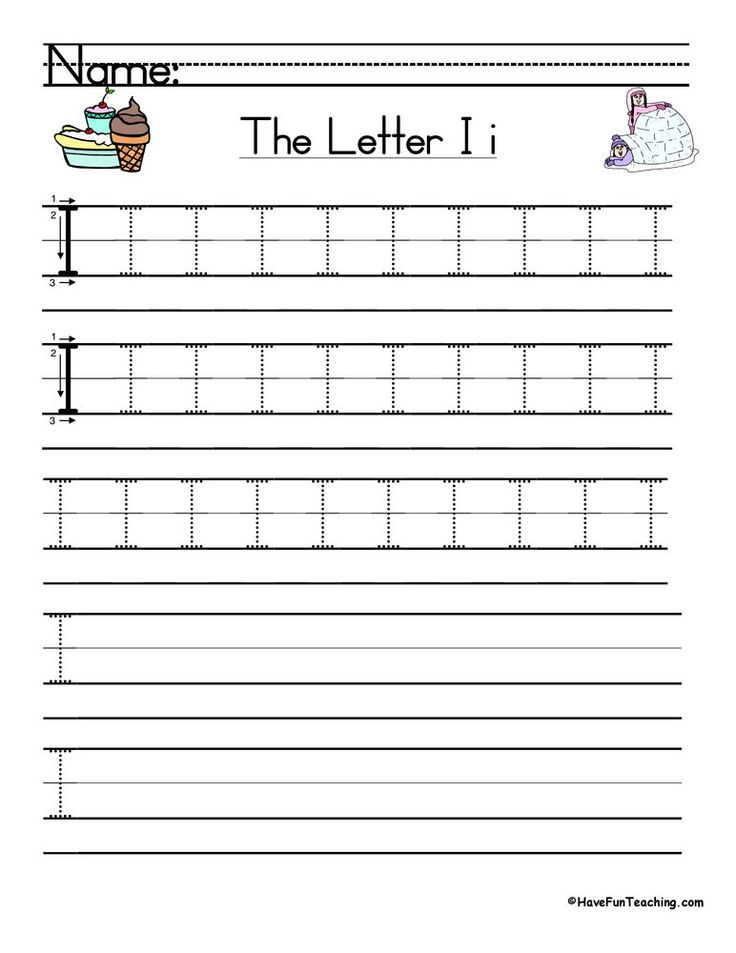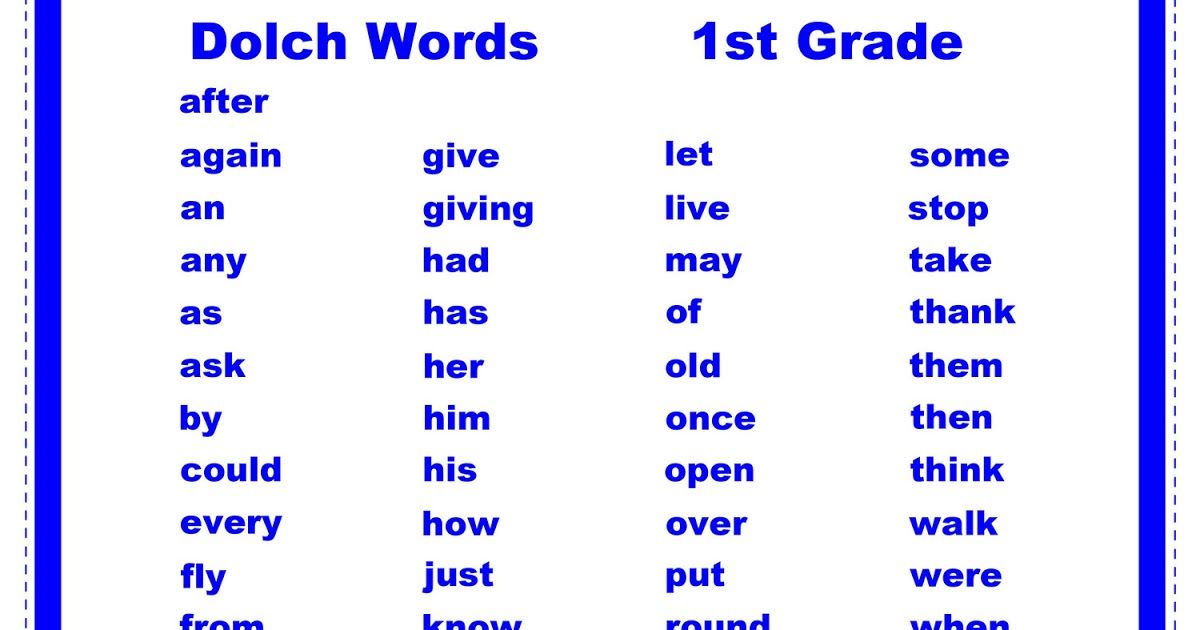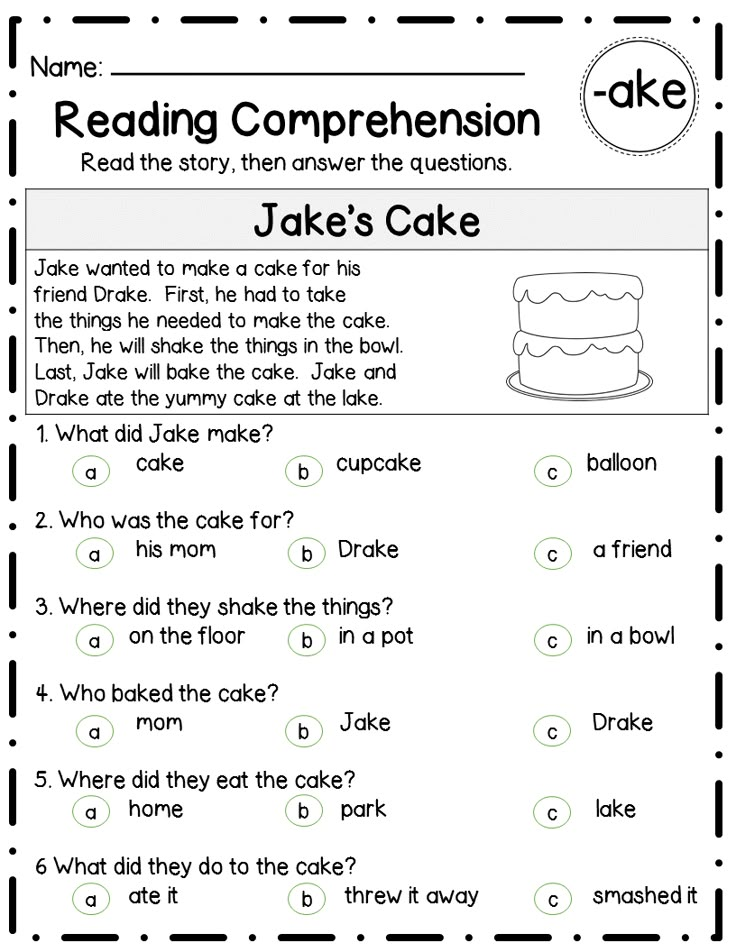Sensory learning program reviews
Testimonials for Sensory Stepping Stones
“After doing the Sensory Learningsm Program, Interactive Metronome® and CAVT Programs our daughter’s ability to focus has helped her perform better in all areas. She is finding that math is much easier for her, and can understand the concepts much quicker. Homework is getting done more efficiently as well. Writing is not as overwhelming as it once was. She now uses an organizer or checklist when tackling a writing assignment.”
Age 10 – Attention/Visual /Auditory Processing
“Our daughter has made improvements in many areas since coming to Sensory Stepping Stones, some more than others. Her ability to focus and complete academic tasks has significantly improved and her math skills are much better too. She still struggles with expressive language but improvements have been noticed. Her gross motor skills are better and her balance and bilateral coordination has greatly improved. I believe that all of the programs (Sensory LearningSM Program, Interactive Metronome®/Timocco®, PlayAttention®, BrainTrain -Cognitive, Memory & Reading Programs) have helped to contribute to how far she has come!”
Age 7 – Attention/Visual /Auditory Processing
“The Sensory Learningsm Program helped me greatly. I am able to drive and negotiate the road more confidently seeing the cars and activity on the road easier. The Play Attention® Program helped me to concentrate easier in school. My reading rate and comprehension were also increased from the CAVT program.”
Age 17 – ADD
“Our son does not have a diagnosis, but we wanted to help him with balance and coordination. The Sensory Learningsm Program and Interactive Metronome® gave him more than that. He has better eye contact & interacts more effectively with his peers. Everyone has commented on how well he is also playing basketball & performing at gymnastics. He got just the boost he needed.”
Age 10 – Coordination/Processing/Strength Training
“Melissa is exceptional in every aspect. Her dedication and commitment to the programs she offers is superior. Despite the rigor of some of the programs, my kids look forward to meeting with her and her team. The regular progress reports are very helpful in understanding the impact of each of the programs.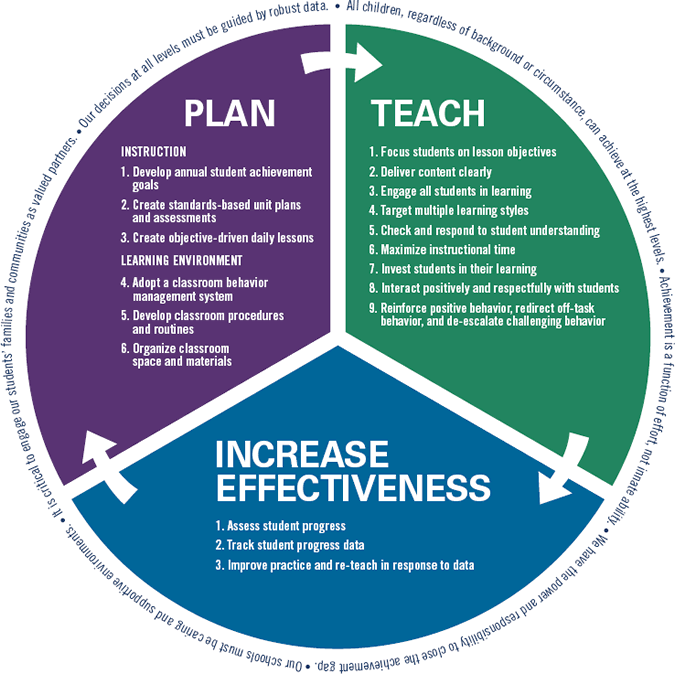 (Sensory Learningsm Program, Interactive Metronome®, PlayAttention®, BrainTrain-Memory Gym & CAVT Programs) Melissa and the programs offered at Sensory Stepping Stones are the forefront of alternative learning without the use of medication.”
(Sensory Learningsm Program, Interactive Metronome®, PlayAttention®, BrainTrain-Memory Gym & CAVT Programs) Melissa and the programs offered at Sensory Stepping Stones are the forefront of alternative learning without the use of medication.”
Age 12 & 8 – ADHD/ADD
“The Sensory Learningsm Program has been informational. As a school psychologist by trade it has made me much more aware of the importance of the dominant ear & how important it is to know what ACTUAL information is sent to the brain. The first notable difference was my son’s ability to carry a tune. He has been much more aware of other’s feelings and spontaneously saying “sorry” and “thank you”. These things did not come easy to him.”
Age 8 – Sensory Processing Disorder
“Our daughter has been gaining confidence and understanding regularly since finishing the Sensory Learningsm Program. She is obviously understanding more that comes her way.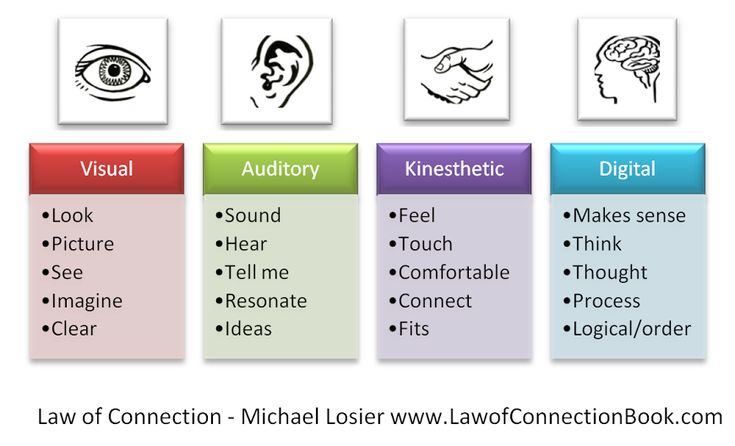 She does not seem to be as anxious as we have been able to break some habits that we believe were due to anxiety relief. Still have issues, but we just don’t seem to place much emphasis on them and the tensions are relaxing.”
She does not seem to be as anxious as we have been able to break some habits that we believe were due to anxiety relief. Still have issues, but we just don’t seem to place much emphasis on them and the tensions are relaxing.”
Age 12 – Anxiety, OCD
“I am delighted and thankful for all the therapies that my son has received (Sensory Learningsm Program & Interactive Metronome®). He has demonstrated significant improvement, particularly with mood. His moods are more stable and his management of transitions has greatly improved. I cannot speak to academics until he goes back to school, but I expect improvement there also. In addition to the measurable changes, my son has appreciated all the attention given by Melissa in helping him feel better and to improve his quality of life. Melissa is an expert clinician and kind and gentle person.”
Age 9 – ADHD, ODD
“Our son has become more talkative, especially about his feelings and his thoughts which are more formed. He has even been able to tell a sequence of events/steps on several occasions and he has never been able to do this in the past!”
He has even been able to tell a sequence of events/steps on several occasions and he has never been able to do this in the past!”
Age 11 – Epilepsy, Acute Leukemia in Remission
“We believe that the Sensory Learningsm Program helped our son in many ways. His athletic abilities have increased greatly. Also his verbal expression has expanded noticeably. The tantrums of frustration are seldom expressed now which is fantastic!”
Age 5 – Sensory & Focus Issues
“Listening and processing information has progressively felt more effortless over the past few months since completing the Sensory Learningsm Program and continues to improve. Simple tasks are much easier and I feel a lot more relaxed as well as alert.”
Age 19 – Anxiety & Focusing Issues
“After The Sensory Learningsm Program our son can now follow directions in Tae Kwando with much more ease. For the first time, the start of the school year is not filled with violence.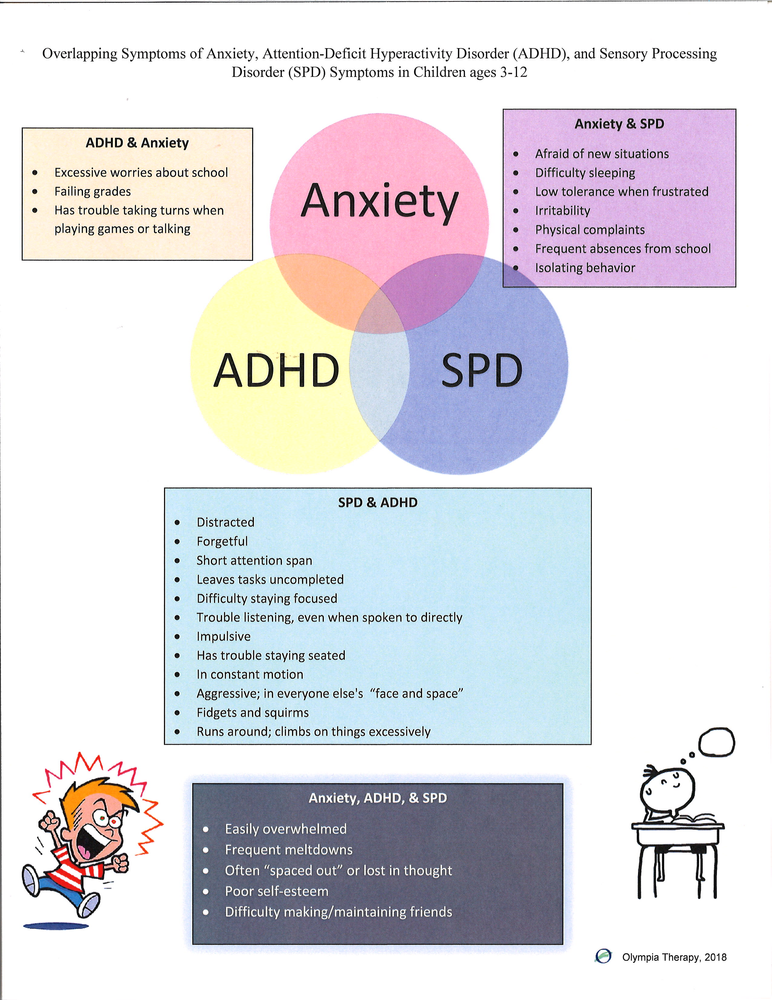 He can handle stress in a much healthier way. His social interactions are more age-appropriate.”
He can handle stress in a much healthier way. His social interactions are more age-appropriate.”
Age 8 – Anxiety, ODD
“Our son enjoyed The Sensory Learningsm Program and seems to be noticing more details in the world around him. While he can still be stubborn and strong willed, I think that he more readily adapts to situations and environments if expectations are made clear to him and he is held accountable for his actions.”
Age 10 – Autism Spectrum Disorder
“After the Sensory Learningsm Program I have noticed that my daughter takes notice of more of her surroundings (larger field of vision). She is also much more inquisitive about people and places. She is using more sentence structure and engaging in more conversation. She is able to communicate her feelings more.”
Age 6 – Developmental Delays
“The Sensory Learningsm Program was helpful to our daughter in a few ways. First, she has significantly improved her attention and focus. Second, her peripheral vision has gotten a lot better. She is able to process what she sees and hears with greater ease. Finally, she is using her time more efficiently and completing tasks on time.”
First, she has significantly improved her attention and focus. Second, her peripheral vision has gotten a lot better. She is able to process what she sees and hears with greater ease. Finally, she is using her time more efficiently and completing tasks on time.”
Age 9 – Attentional Issues, Auditory & Visual Processing Delays
“My experience with the Sensory Learningsm Program has been very positive and life-changing. My anxiety levels have diminished greatly and I am able to easily adapt to stressful situations. Completing school work is easier due to my increased focus. Test taking has become more successful and easier for me.”
Age 21 – Learning Delays
“The Sensory Learningsm Program has changed my life for the better. I’ve been given the opportunity to be a better person and follow through on the goals I’ve set. Before this program, every and any interruption prevented me from getting through daily tasks and clouded my better judgment.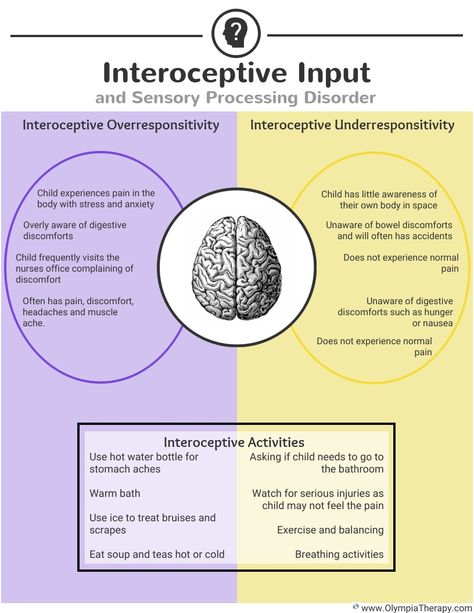 This would drain me mentally and physically. It is amazing having a second chance to a better life. Sensory Stepping Stones has allowed me to have this, drug-free. I am forever grateful!”
This would drain me mentally and physically. It is amazing having a second chance to a better life. Sensory Stepping Stones has allowed me to have this, drug-free. I am forever grateful!”
Age 38 – ADHD, Anxiety
“Since completing the Sensory Learningsm Program we have seen an improvement in levels of anxiety. He is more relaxed. His speech pattern is more casual. He is more confident and more tolerant in general. He has been able to see his own progress and is proud of himself. It has given him a boost and supported his maturation. He is able to communicate how he is feeling and to problem solve and find compromises that make him feel more comfortable in his own skin and with others.”
Age 8 – Sensory Processing Disorder
“He has been showing so many signs. He recently started middle school, he is participating in class, and he enjoys reading and writing. He is much more responsible. He is much more aware of his surroundings He is good emotionally. We always had trouble with transitioning to new schedules- it has been good. No homework arguing either.”
We always had trouble with transitioning to new schedules- it has been good. No homework arguing either.”
Age 12 – ADHD
“The most significant difference following the Sensory Learningsm Program was noticed when he started school again. Normally the transition results in constant violent behavior at home. The violence was greatly reduced. There was less screaming, hitting and self-harm. His proprioceptive sense is also more normalized…he can recognize his body better spatially and this has greatly improved his performance in Tae Kwon Do.”
Age 8 – Autism Spectrum, Anxiety, ODD
“The Sensory Learningsm Program has been very helpful to our son. The results are not immediate but are significant and noticeable. He is aware when he is becoming distracted or loses his focus on a task and is starting to redirect himself. His visual tracking has improved tremendously. It’s a great stress-free program.”
Age 9 – Auditory Processing Disorder, Learning Delays, ADHD
“Prior to starting the Sensory Learningsm Program our home life was angry, stressful, and very little peace was found in our home. Over the past several months we have seen huge improvements in behavior. Life at home is much more enjoyable. Our daughter has been able to transition much better, express her emotions easier without blowing up. She is able to say sorry after outbursts and when she does have them they are much shorter in duration. Our lives have improved so much at home. School is getting a bit better, but I know with time it will be just as successful as the results have been at home.”
Over the past several months we have seen huge improvements in behavior. Life at home is much more enjoyable. Our daughter has been able to transition much better, express her emotions easier without blowing up. She is able to say sorry after outbursts and when she does have them they are much shorter in duration. Our lives have improved so much at home. School is getting a bit better, but I know with time it will be just as successful as the results have been at home.”
Age 10 – ADHD
“Sensory Stepping Stones was extremely instrumental in my son’s success he had in the 6th grade. We went from a consistent C student to an Honor Roll/High Honor Roll student. His comprehension, visual processing and concentration changed drastically due to the different therapies provided. The auditory processing piece has also changed dramatically as our Audiologist noted in her most recent reports.”
Age 12 – ADHD
“Our son’s ability to communicate about his feelings improved dramatically during and after the Sensory Learningsm Program.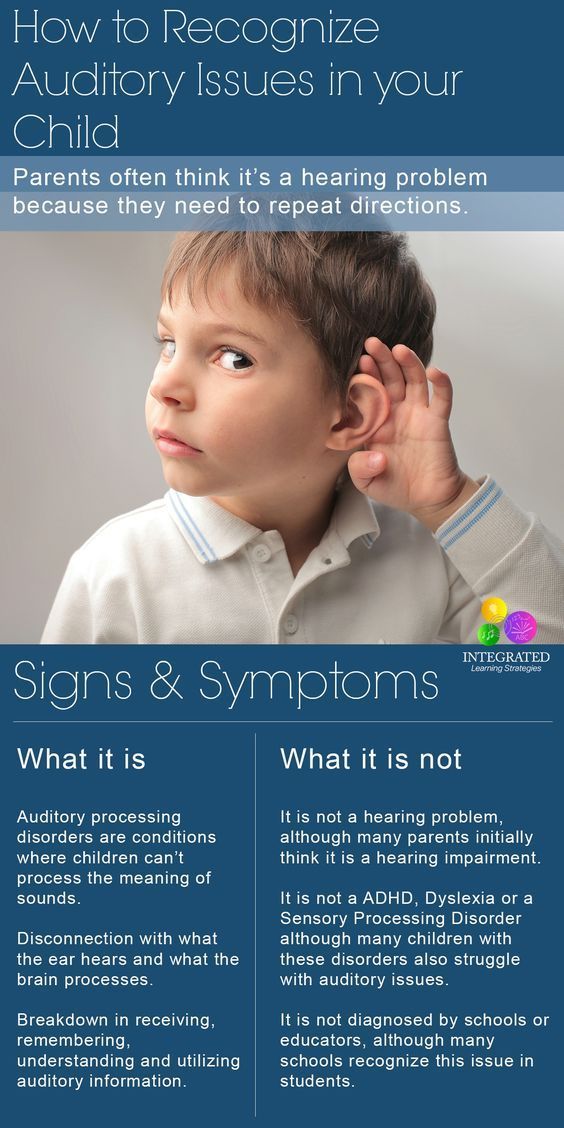 Even when he is emotionally very upset, he is able to talk about how he is feeling instead of having a tantrum. He seems more self-aware and is more settled in his own body.”
Even when he is emotionally very upset, he is able to talk about how he is feeling instead of having a tantrum. He seems more self-aware and is more settled in his own body.”
Age 9 – Sensory Integration Disorder
“At this point, 6 months after the Sensory Learningsm Program, our son’s excelling in sports, following the rules and staying engaged. His ability to participate in group conversations has improved. We notice an improvement in the anxiety he was having especially since we have stopped giving him the medication, as he has asked not to have to take it anymore. So far, the school year is going well, grades are slowly improving. He is able to discuss his day at school with more details and speaks of interactions with the other students.”
Age 9 – ADHD, Language Impairment
“Our son is much calmer and can change from one task to another much easier. His coloring ability has greatly improved. He took on the challenge of being in a play this summer and I would have never guessed he would do this as it would have been overstimulating for him.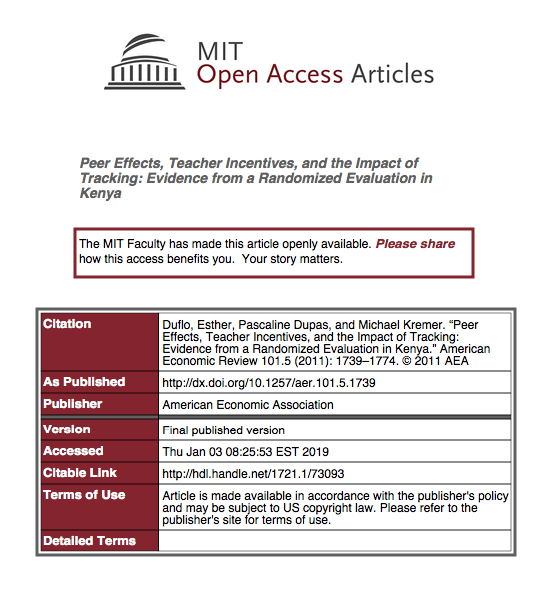 His handwriting is still not legible but better overall. Academics appear unchanged but he has always been intellectually competent.”
His handwriting is still not legible but better overall. Academics appear unchanged but he has always been intellectually competent.”
Age 9 – Sensory Processing Disorder
“Since coming to Sensory Stepping Stones our son has been able to notice when he is becoming distracted or losing focus. He also realizes what he needs to do to refocus and applies these behaviors. He has been able to learn how to ride a bike, something we have been trying to accomplish for years but was afraid that his brain would just do the opposite of what he wanted it to do!”
Age 10 – Auditory Processing Disorder
“The combination of the Sensory Learningsm Program and all the lab programs (the works) has been a wonderful experience for our grandson. Although he still has a lot of ADHD issues, problems with executive functioning and making impulsive decisions, he now is willing to stick with difficult tasks (homework) longer and is able to catch and throw a ball! He loves the lab programs and we can’t wait to begin the Reading program!”
Age 9 – ADHD/Visual Tracking Issues
“Essentially, the Sensory Learningsm Program appears to have helped my six-year-old son connect his head to his body.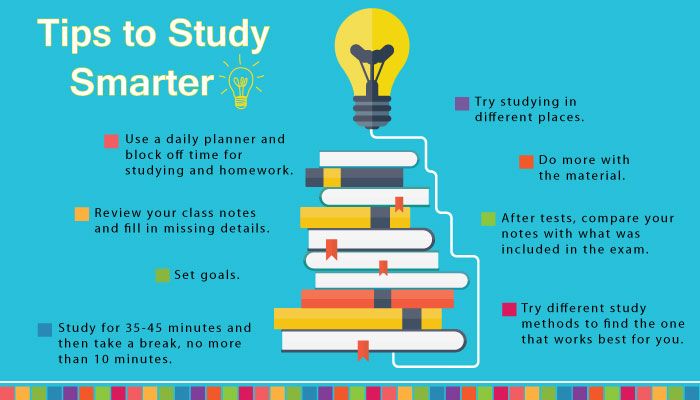 He is running for the sake of running, he is drawing bodies instead of just heads, and after a year of fruitless effort, Alex just rode his bike for the first time the other day.”
He is running for the sake of running, he is drawing bodies instead of just heads, and after a year of fruitless effort, Alex just rode his bike for the first time the other day.”
Lisa R.
“Speaking as an OT, I am very impressed with how the Sensory Learningsm Program is helping the motor development of the children in my practice. After working with a couple of three-year-olds for almost a year, I saw residual primitive reflexes which should have been gone between seven and twelve months of age disappear by the end of the twelve session days.”
Tara M., M.O.T. R/L, Occupational Therapist
“As a Speech and Language Pathologist, I find the Sensory Learningsm Program an incredibly valuable resource. We find our clients that have gone through the Program to be much more responsive to therapy, they attend better, and their ability to learn is improved.”
Robbie W., M.A., CCC-SLP
“When I first brought my son, he was struggling with his school performance and he didn’t like to go to school.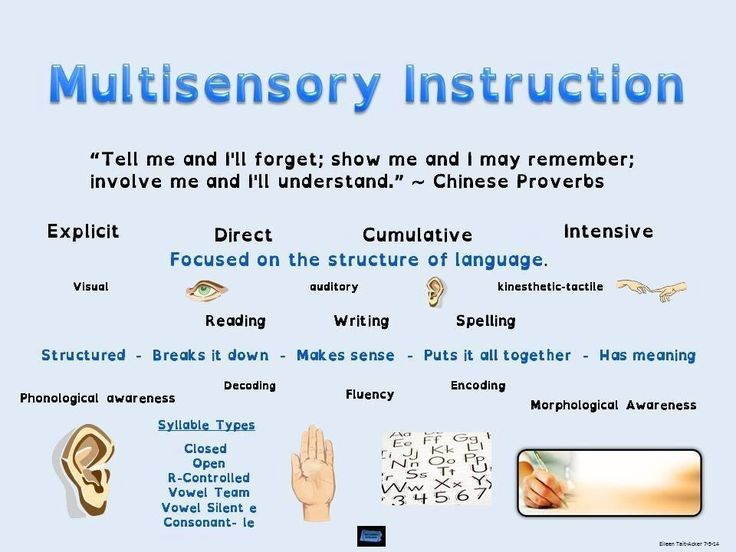 He would often space out and get off task. He was fidgety, easily bored and frequently needed redirection. My son has improved his grades and his ability to get his schoolwork done quickly and no longer shows signs of hyperactivity. Most important, he no longer battles me about getting his homework done and is able to get his work done much quicker. Overall, he is a much happier kid. I would highly recommend the cognitive training program to other parents whose kids are struggling with academic performance and have ADHD.”
He would often space out and get off task. He was fidgety, easily bored and frequently needed redirection. My son has improved his grades and his ability to get his schoolwork done quickly and no longer shows signs of hyperactivity. Most important, he no longer battles me about getting his homework done and is able to get his work done much quicker. Overall, he is a much happier kid. I would highly recommend the cognitive training program to other parents whose kids are struggling with academic performance and have ADHD.”
Jean M.
Sensory Learning Center | Autism Blog: Benjamin Breaking Barriers
from Malva: This past spring, I met Mary Bolles, the remarkable woman who—25 years ago—developed Sensory Learning therapy. This approach integrates several modalities (light, sound, and motion) to gently stimulate the brain, encouraging more efficient and regulated functioning, and supporting the integration of the entire nervous system. Sensory issues are part and parcel of autism, and although sensory integration exercises have been a staple in Benjamin’s life, this therapy provides a unique combination of sensory stimuli, extending beyond what can be done at home.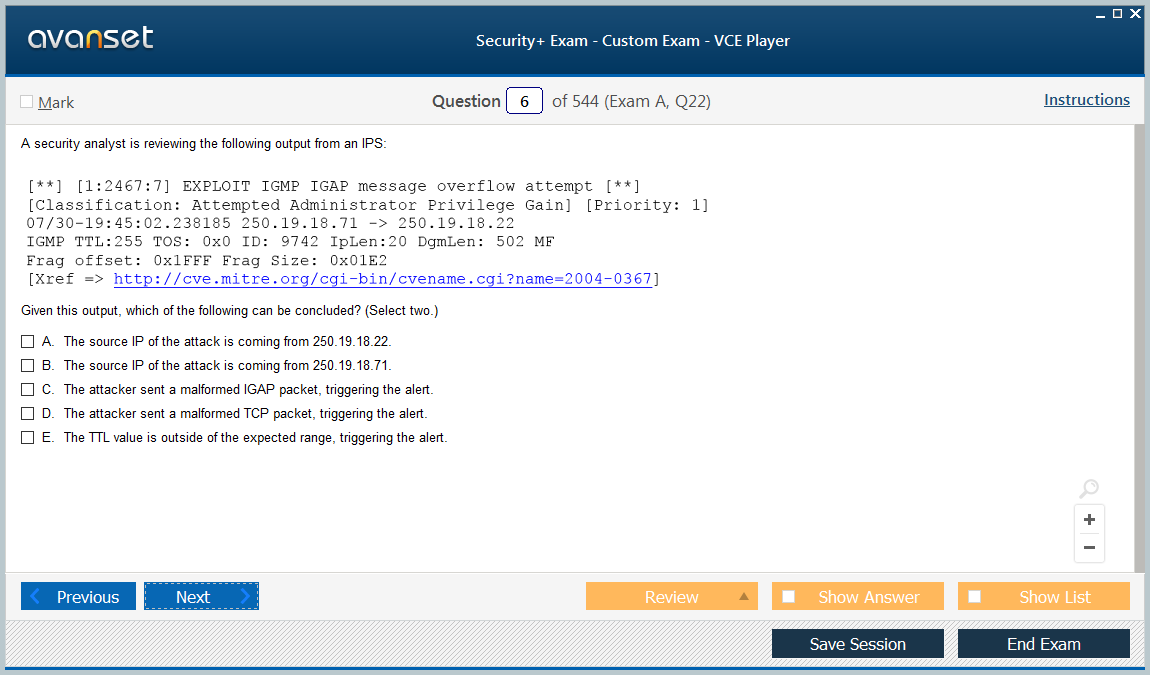
During these hot days of July, Benjamin has been experiencing this multi-sensory therapy with great enjoyment. For twelve consecutive days, we’ve been spending several hours each afternoon at the Sensory Learning Center in Niwot, not far from Boulder. (Currently, 34 centers are located in various states and countries; check http://www.sensorylearning.com)
Here, “in a nutshell,” is an outline of what happens during the therapy, which utilizes a uniquely designed, rotating table. (The comfortably padded tabletop remains level while moving in a circular motion—up, over, down, and back around—describing a 7” diameter circle every 5 seconds. On alternate days, the table top is positioned to rotate Benjamin’s body either sideways—going right/left, or going up/down—moving him up towards his head, then circling down towards his feet). While lying on the table in a dark, quiet room, Benjamin keeps his eyes on a cyclically dimming and brightening light (7-9 seconds per cycle) which, on different days, is programmed to emit various specific colors (one at a time, for set blocks of time)—they’re all very beautiful hues.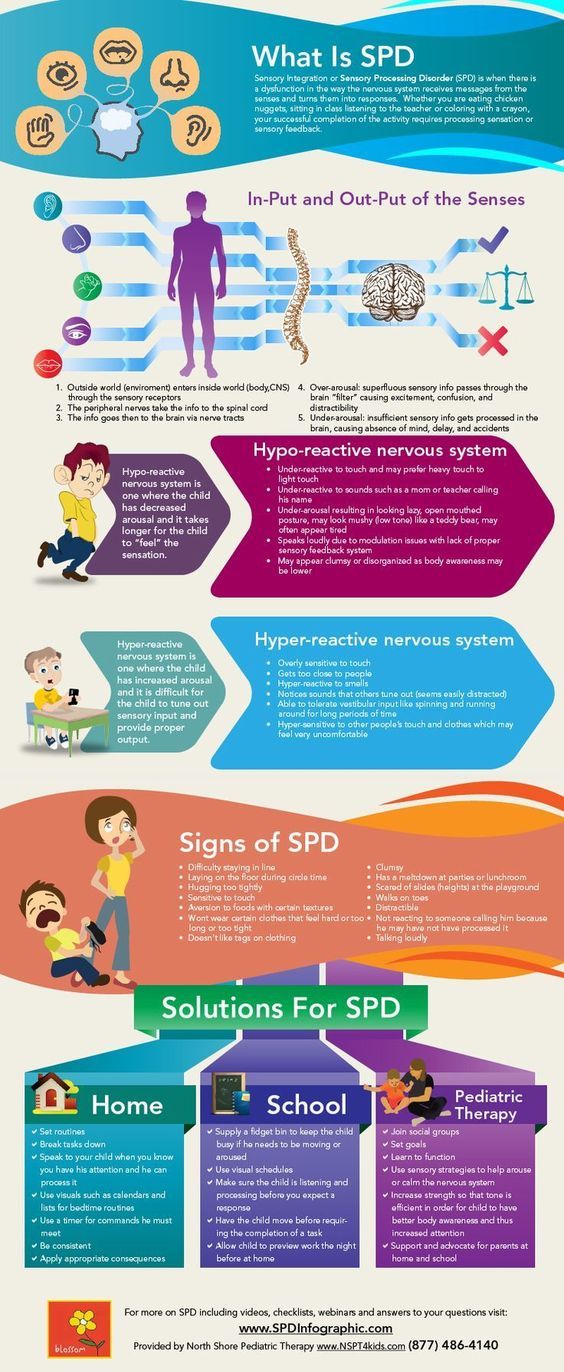 Simultaneously, Benjamin listens to a specially-processed mix of music which cuts randomly in and out with ongoing persistence, as a radio might do when having trouble tuning to a channel. Often, the sound is muffled as if traveling through water, sometimes low or high pitches disappear, at moments there is crystalline clarity, and all types/styles of music are used. (Note: the unsynchronized nature of the three variously shifting elements requires the brain to remain alert while processing the unanticipated stimuli rather than lulling it into an “entrained” or hypnotic state—as would happen with a predictable sound/light/movement pattern). Further enhancing the multi-sensory experience is the aromatic scent of highest-quality essential oils with medicinal properties (produced by Young Living) applied to Benjamin’s wrists, temples, nape of neck, and nostrils before starting each session.
Simultaneously, Benjamin listens to a specially-processed mix of music which cuts randomly in and out with ongoing persistence, as a radio might do when having trouble tuning to a channel. Often, the sound is muffled as if traveling through water, sometimes low or high pitches disappear, at moments there is crystalline clarity, and all types/styles of music are used. (Note: the unsynchronized nature of the three variously shifting elements requires the brain to remain alert while processing the unanticipated stimuli rather than lulling it into an “entrained” or hypnotic state—as would happen with a predictable sound/light/movement pattern). Further enhancing the multi-sensory experience is the aromatic scent of highest-quality essential oils with medicinal properties (produced by Young Living) applied to Benjamin’s wrists, temples, nape of neck, and nostrils before starting each session.
After thirty minutes on the table, Benjamin goes into a different room to receive treatment with a biophoton instrument (“Chiren” is the newest incarnation of the “Voll” machine and “BiCom” technology).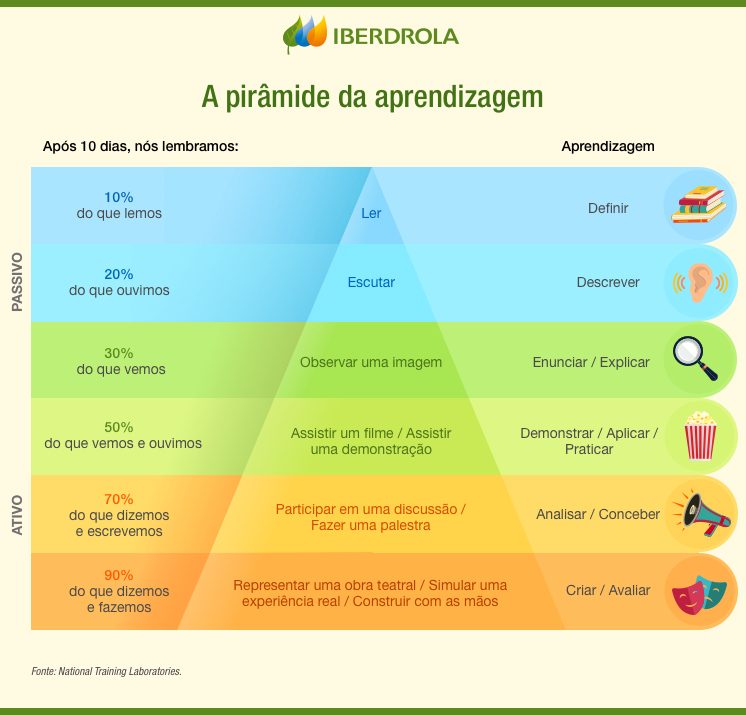 Combining state-of-the-art biofeedback equipment with ancient healing modalities such as acupuncture, homeopathy, five-element theory, and Chinese medicine, the Chiren apparatus helps restore coherence to the body’s energy meridians. Acupuncture points on the hands and feet are used to detect incoherent signals (a special probe is gently pressed to each point which results in the depiction of an energetic wavelength being displayed on the monitor screen, accompanied by other diagnostic information). After Benjamin’s particular systemic weaknesses are identified each day, health-supporting wavelengths are sent through his body system using either a pair of hand-held rods or two special footplates; these devices are connected to the Chiren machine and, with Benjamin’s body as the “connector,” form a biophotonic feedback loop.
Combining state-of-the-art biofeedback equipment with ancient healing modalities such as acupuncture, homeopathy, five-element theory, and Chinese medicine, the Chiren apparatus helps restore coherence to the body’s energy meridians. Acupuncture points on the hands and feet are used to detect incoherent signals (a special probe is gently pressed to each point which results in the depiction of an energetic wavelength being displayed on the monitor screen, accompanied by other diagnostic information). After Benjamin’s particular systemic weaknesses are identified each day, health-supporting wavelengths are sent through his body system using either a pair of hand-held rods or two special footplates; these devices are connected to the Chiren machine and, with Benjamin’s body as the “connector,” form a biophotonic feedback loop.
After 15 minutes of sitting quietly, allowing the Chiren instrument to do its work, Benjamin is ready for an exercise break. Once he’s taken a leisurely walk around the neighborhood, he returns to the sensory learning table for another half-hour of integrative stimulation, gently exercising his vestibular, visual, auditory, and olfactory systems.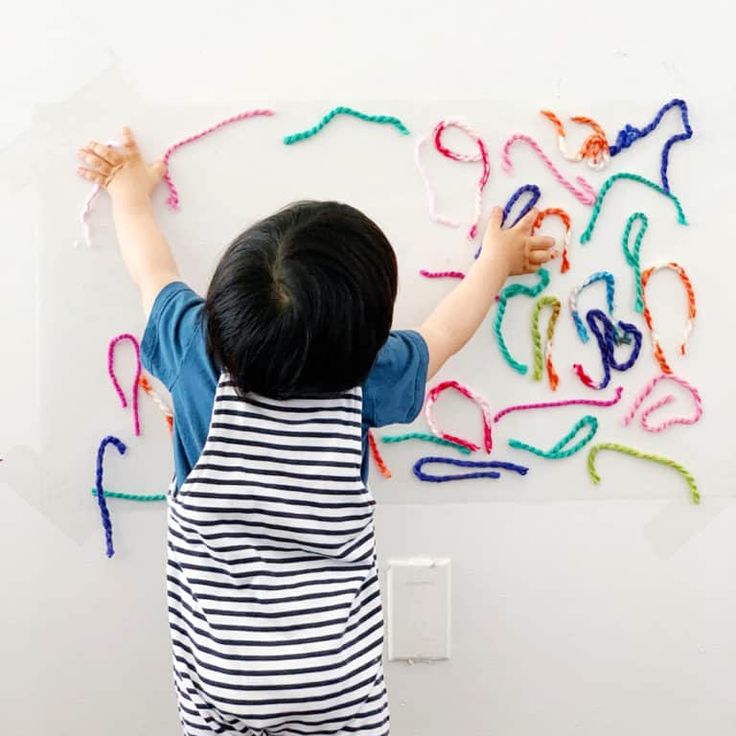 Relaxed and happy after completing his second session of the day, he’s already looking forward to the next day’s round of therapy.
Relaxed and happy after completing his second session of the day, he’s already looking forward to the next day’s round of therapy.
Prior to starting the sensory learning program, Benjamin had various assessments: visual field and listening profiles, as well as diagnostic sessions with the Chiren machine. Based on these results, the practitioner is customizing the colors, the music volume-levels (right ear vs. left ear), and the healing wavelengths that Benjamin is taking in. More testing is done as the twelve days of therapy progress, and the therapeutic input is tweaked as needed.
A couple of interesting findings: Benjamin’s hearing acuity is in the 99th percentile. No wonder that sudden loud noises like fire alarms are so distressing to him! (Thank goodness for earplugs and for cooperative school staff—they notify him so that he can leave the building before each fire drill.) Also, Benjamin’s right ear, at first, was not processing as actively as the left. (The right ear connects directly—across the central corpus colossum—to the left brain hemisphere where the primary language-processing area resides).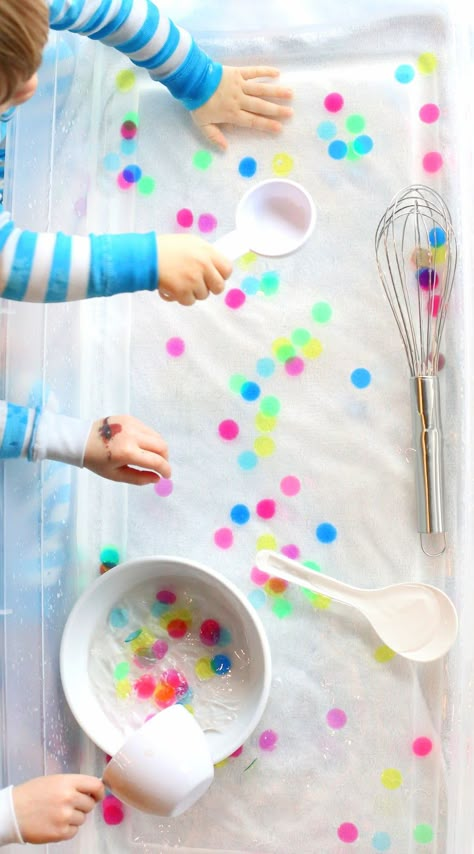 This imbalance is beginning to resolve, and retesting has indicated more balanced processing. Benjamin’s left-ear dominance may explain why music and singing has always been such an effective vehicle for working on his language skills; the left ear has a direct path to the music-processing area of the brain, whereas auditory signals entering the left ear have to travel along additional neurons to arrive at the language-processing area, thus causing a slight delay as compared to input entering the right ear.
This imbalance is beginning to resolve, and retesting has indicated more balanced processing. Benjamin’s left-ear dominance may explain why music and singing has always been such an effective vehicle for working on his language skills; the left ear has a direct path to the music-processing area of the brain, whereas auditory signals entering the left ear have to travel along additional neurons to arrive at the language-processing area, thus causing a slight delay as compared to input entering the right ear.
Here’s a picture of Benjamin on the table before a session, wearing earphones and looking up at the specially-designed pulsating light (all the systems are run to specification by various computers). The second photo shows Benjamin with the Chiren machine.
Like this:
Like Loading...
Comparative analysis of programs for sensory development according to GEF
Comparative analysis of programs for sensory development .
According to the Federal State Educational Standards, which we are now obliged to focus on in our teaching activities, as such, the section "Mathematical Development" does not exist in the program.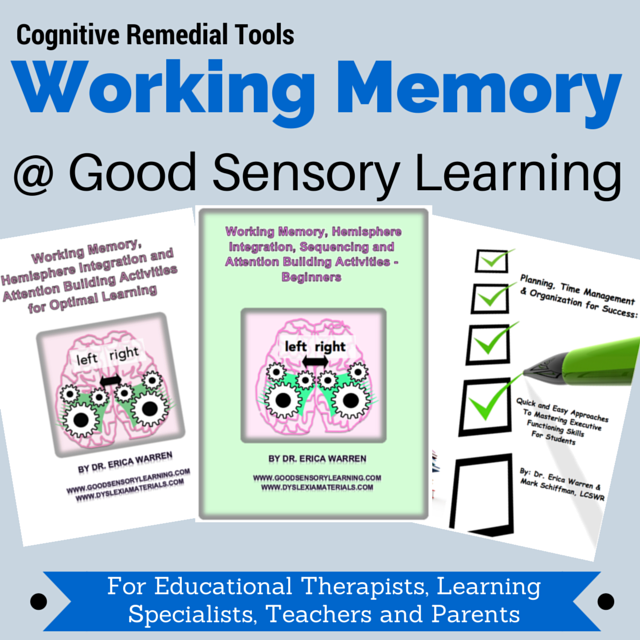 But in the educational field "Cognition" one of the tasks sounds like "Formation of elementary mathematical representations."
But in the educational field "Cognition" one of the tasks sounds like "Formation of elementary mathematical representations."
The content of the program should ensure the development of personality,
Motivations and the abilities of children in various types of activities and
,to cover the following structural units representing certain areas of development and education of children
,according to the general educational programs of the Federal State Educational Standard in the child in the child should be formed for the release of kindergarten , the so-called final results, then among them the following can be distinguished:
"The child is able to plan his actions aimed at achieving a specific goal"
“Able to solve intellectual and personal tasks (problems) appropriate for age, can transform the ways of solving problems (problems)”
“Seizes the universal prerequisites for learning activity - the ability to work according to the rule and according to the model, listen to an adult and follow his instructions.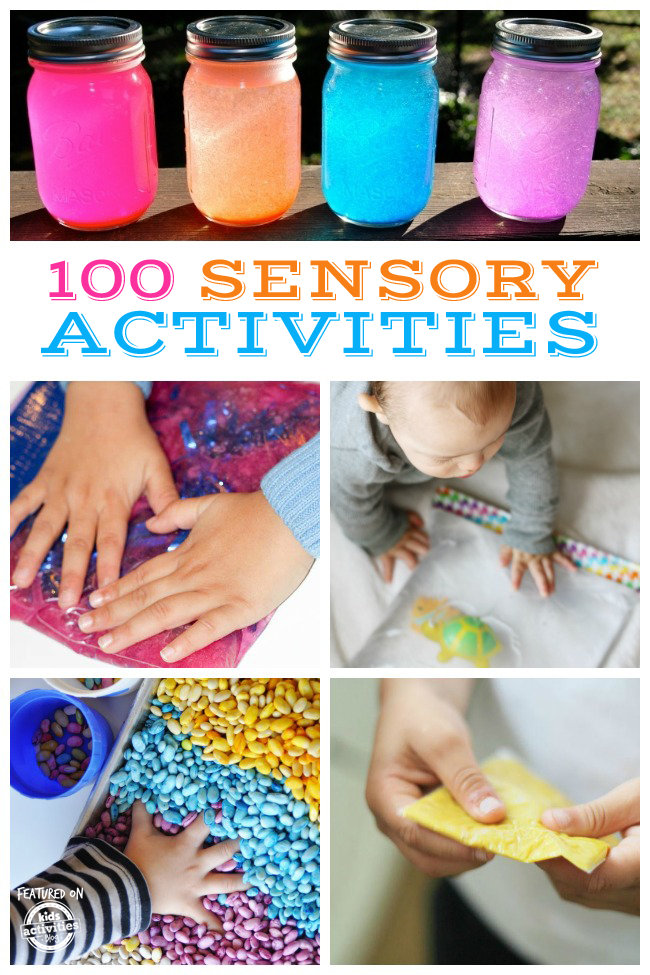 ”
”
According to the Federal State Educational Standard, all educational activities are based on the principle of integration. But classes with children have always been integrated. At the FEMP lesson, children develop speech, and design, and draw, and get to know others, communicate, work (on duty), in addition, we must use health technologies, that is, almost all educational areas are present in one lesson.
Sensory development according to the Federal State Standards refers to the educational field "Cognition" and is aimed at achieving the goals of developing children's cognitive interests, intellectual development of children through the solution of the following tasks:
sensory development;
development of cognitive research and productive (constructive) activities;
formation of elementary mathematical representations;
formation of a holistic picture of the world, broadening the horizons of children [46].
When reviewing educational programs, we will consider one of the tasks of this educational area - this is sensory development, since visual activity directly leads to the memorization and formation of sensory standards.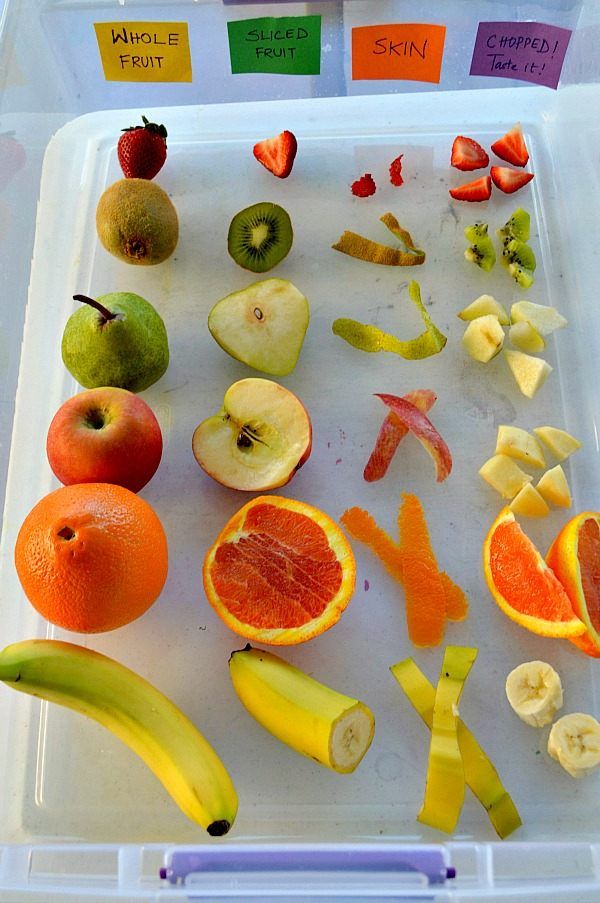 If the training is not systematic and purposeful, then only 3-4 sensory standards of color and shape are formed in children, and with targeted training, children develop several times more sensory standards. L.А. Wenger point directly to:
If the training is not systematic and purposeful, then only 3-4 sensory standards of color and shape are formed in children, and with targeted training, children develop several times more sensory standards. L.А. Wenger point directly to:
- familiarization with sensory standards;
- teaching children how to use sensory standards;
- training in the systematic use of objects [8].
Let's review the educational programs that have been revised according to Federal state requirements:
"From birth to school" authors N.E. Veraksa, T.S. Komarov, M.A. Vasilyeva;
"Childhood" authors T.I. Babaeva, A.G. Gogoberidze, Z.A. Mikhailova;
"Rainbow" by T.I. Grizik, T.N. Doronova, E.V. Solovieva, S.G. Yakobson.
In the educational program "From Birth to School", the authors set certain tasks for teaching children 2-3 years old - these are:
enrichment of direct sensory experience of children in various activities;
help them examine objects, highlighting their color, size, shape;
encourage to include hand movements on the object in the process of getting to know it: to circle parts of the object with your hands, stroke them, etc.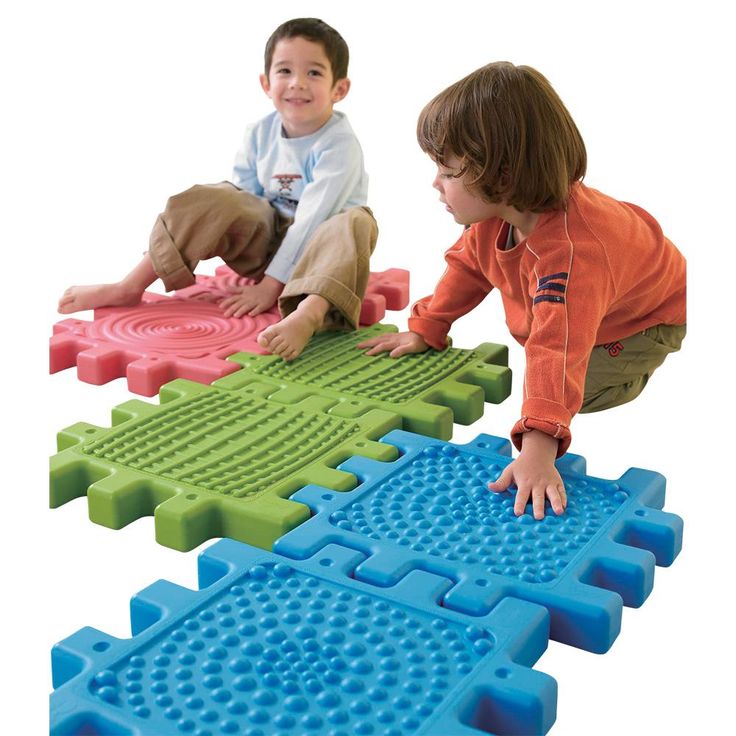
to form the ability to name the properties of objects [46, p.66].
At the age of 3-4 years, the tasks become more complicated and sound like this:
create conditions for familiarizing children with the color, shape, size, tangible properties of the object;
to consolidate the ability to distinguish color, shape, size as special properties of objects;
to teach to group homogeneous objects according to several sensory features: size, shape, color;
enrich the sensory experience of children and the ability to capture it in speech [46, p.98].
Consider the educational program "Childhood" authors T.I. Babaeva, A.G. Gogoberidze, 3.A. Mikhailova
This program is taught starting from the second younger group of children aged 3-4 years. The following tasks are presented in the section:
in the process of practical actions, the educator forms in children generalized methods of examining objects, aimed at identifying homogeneous features;
to learn to compare objects according to their properties by superimposing and applying objects, comparing them in shape or size, when matching in color;
to acquaint with geometric figures, showing the techniques for tracing the outline of a figure;
Create conditions for color perception of objects that differ in shape, size, name, but have the same color.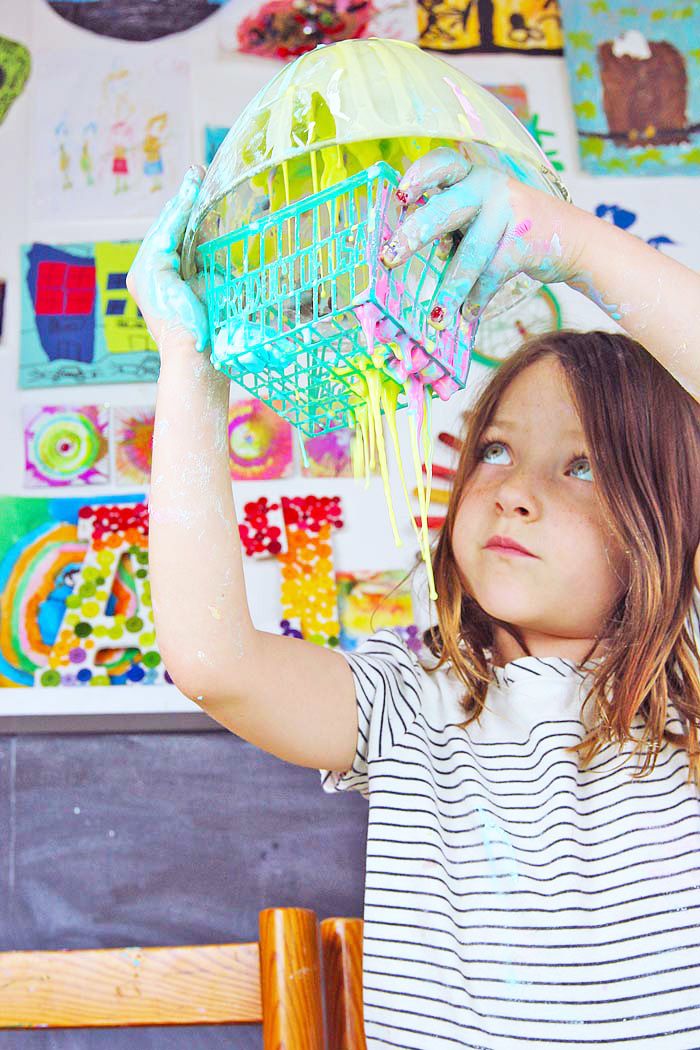
To develop the sensory culture of younger preschoolers, the educator uses various didactic games, practical subject activities of examination and comparison, as well as various types of children's activities, especially drawing with paints, pencils, modeling. In everyday life, the teacher fixes children's attention on such sensory properties as hot or cold, light or heavy, sour, sweet.
Enriching the experience of perceiving various properties, the educator teaches children to distinguish various sensory properties of objects, such as hardness, softness, fragility. Children are provided with a variety of toys and objects with different sensory properties and qualities [18].
Also, for consideration, let's take the program "Rainbow" authors T.I.Grizik, T.N. Doronova, E.V. Solovieva, S.G. Jacobson.
This program works with children from the first junior group (age 2-3 years). The authors set certain tasks for teachers, these are:
contribute to the timely intellectual development of the child;
create a changing and varied subject developmental environment, including didactic toys and objects for sensory development;
provide conditions for the child's sensory development [54].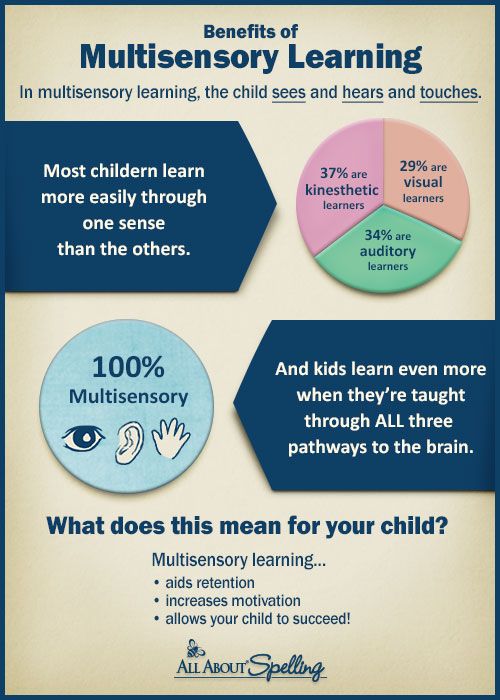
Thus, the authors of educational programs at each age set their own tasks for sensory education, and a certain link in sensory culture is also formed. A child attending a preschool institution must be taught such actions in which he could understand that the result of his activity depends on the ability to determine the shape or color. Sensory abilities develop most successfully in productive activities, in particular, applications and drawing.
Literature:
Childhood: Approximate basic general education program of preschool education [TEXT] / T.I. Babaeva, A.G. Gogoberidze, Z.A. Mikhailova and others - St. Petersburg: PUBLISHING LLC "CHILDHOOD-PRESS", 2014 - 528 p.
Lykova I.A. Program of artistic education, training and development of children aged 2-7 years "Colored palms". [TEXT] / I.A. Lykov. - M .: "KARAPUZ-DIDAKTIKA", 2009 -144 p.
From birth to school. Approximate basic general educational program of preschool education [TEXT] / ed.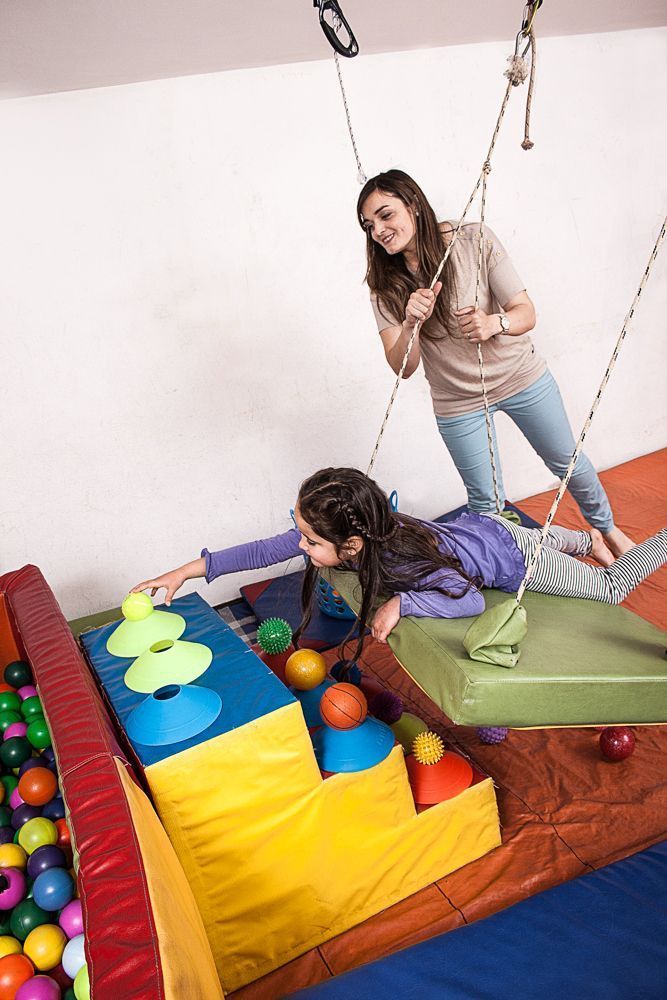 NOT. Veraksy, T.S. Komarova, M.A. Vasilyeva - M.: MOZAYKA - SYNTHESIS, 2014 - 304 p.
NOT. Veraksy, T.S. Komarova, M.A. Vasilyeva - M.: MOZAYKA - SYNTHESIS, 2014 - 304 p.
Publication address: https://www.prodlenka.org/metodicheskie-razrabotki/183324-sravnitelnyj-analiz-programm-po-sensornomu-ra
Conditions for the sensory development of young children
%PDF-1.5 % 10 obj > /Metadata 4 0 R >> endobj 5 0 obj /Title >> endobj 20 obj > endobj 3 0 obj > endobj 40 obj > stream
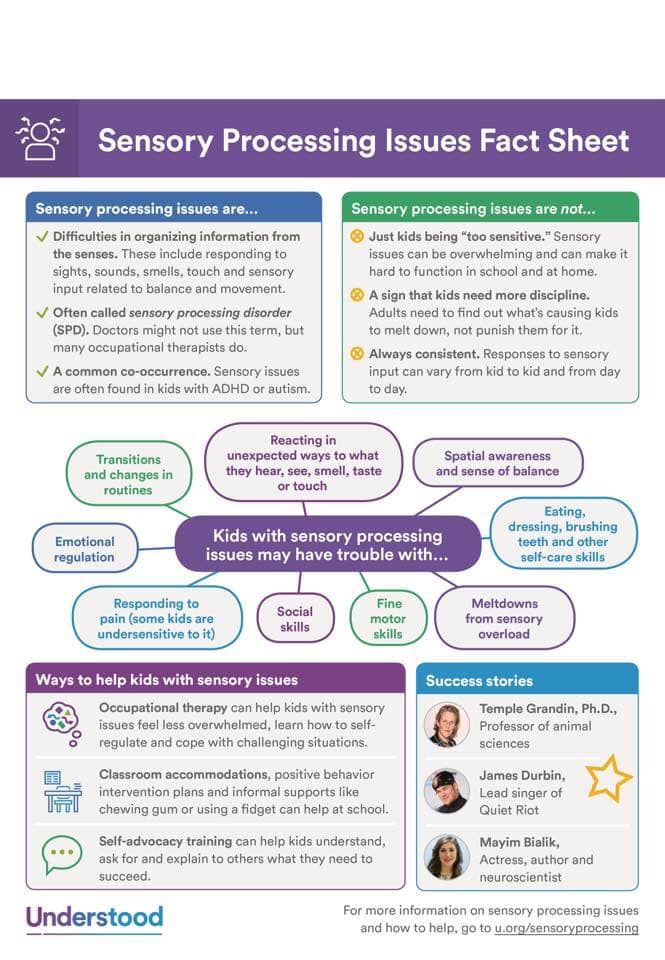 32 841.92] /Contents[110 0 R 111 0 R 112 0 R] /group> /Tabs /S /StructParents 0 /Annots [113 0R] >> endobj 70 obj > /ProcSet [/PDF /Text /ImageB /ImageC /ImageI] >> /MediaBox [0 0 595.32 841.92] /Contents 115 0 R /group> /Tabs /S /StructParents 1 >> endobj 80 obj > /ProcSet [/PDF /Text /ImageB /ImageC /ImageI] >> /MediaBox [0 0 595.32 841.92] /Contents 116 0 R /group> /Tabs /S /StructParents 3 >> endobj 9 0 obj > /ProcSet [/PDF /Text /ImageB /ImageC /ImageI] >> /MediaBox[0 0 595.32 841.92] /Contents 117 0R /group> /Tabs /S /StructParents 4 >> endobj 10 0 obj > /ProcSet [/PDF /Text /ImageB /ImageC /ImageI] >> /MediaBox [0 0 595.32 841.92] /Contents 118 0R /group> /Tabs /S /StructParents 5 >> endobj 11 0 obj > /ProcSet [/PDF /Text /ImageB /ImageC /ImageI] >> /MediaBox [0 0 595.32 841.92] /Contents 119 0 R /group> /Tabs /S /StructParents 6 >> endobj 12 0 obj > /ProcSet [/PDF /Text /ImageB /ImageC /ImageI] >> /MediaBox[0 0 595.32 841.92] /Contents 121 0 R /group> /Tabs /S /StructParents 7 >> endobj 13 0 obj > /ProcSet [/PDF /Text /ImageB /ImageC /ImageI] >> /MediaBox [0 0 595.
32 841.92] /Contents[110 0 R 111 0 R 112 0 R] /group> /Tabs /S /StructParents 0 /Annots [113 0R] >> endobj 70 obj > /ProcSet [/PDF /Text /ImageB /ImageC /ImageI] >> /MediaBox [0 0 595.32 841.92] /Contents 115 0 R /group> /Tabs /S /StructParents 1 >> endobj 80 obj > /ProcSet [/PDF /Text /ImageB /ImageC /ImageI] >> /MediaBox [0 0 595.32 841.92] /Contents 116 0 R /group> /Tabs /S /StructParents 3 >> endobj 9 0 obj > /ProcSet [/PDF /Text /ImageB /ImageC /ImageI] >> /MediaBox[0 0 595.32 841.92] /Contents 117 0R /group> /Tabs /S /StructParents 4 >> endobj 10 0 obj > /ProcSet [/PDF /Text /ImageB /ImageC /ImageI] >> /MediaBox [0 0 595.32 841.92] /Contents 118 0R /group> /Tabs /S /StructParents 5 >> endobj 11 0 obj > /ProcSet [/PDF /Text /ImageB /ImageC /ImageI] >> /MediaBox [0 0 595.32 841.92] /Contents 119 0 R /group> /Tabs /S /StructParents 6 >> endobj 12 0 obj > /ProcSet [/PDF /Text /ImageB /ImageC /ImageI] >> /MediaBox[0 0 595.32 841.92] /Contents 121 0 R /group> /Tabs /S /StructParents 7 >> endobj 13 0 obj > /ProcSet [/PDF /Text /ImageB /ImageC /ImageI] >> /MediaBox [0 0 595.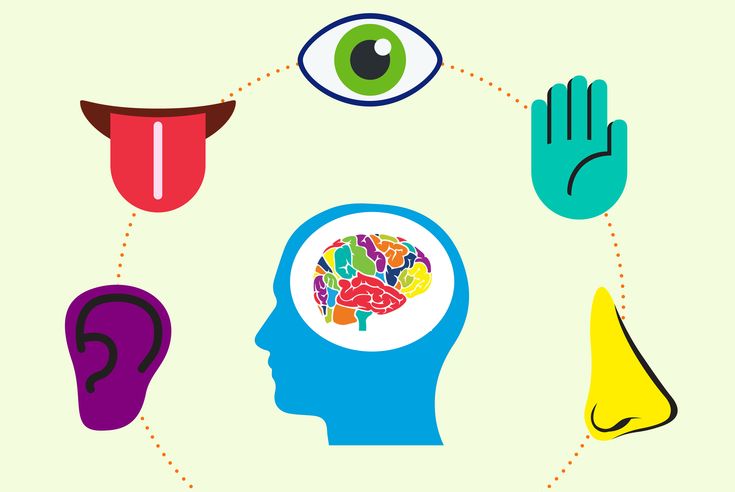 32 841.92] /Contents 122 0 R /group> /Tabs /S /StructParents 8 >> endobj 14 0 obj > /ProcSet [/PDF /Text /ImageB /ImageC /ImageI] >> /MediaBox [0 0 595.32 841.92] /Contents 123 0R /group> /Tabs /S /StructParents 9 >> endobj 15 0 obj > /ProcSet [/PDF /Text /ImageB /ImageC /ImageI] >> /MediaBox[0 0 595.32 841.92] /Contents 124 0 R /group> /Tabs /S /StructParents 10 >> endobj 16 0 obj > /ProcSet [/PDF /Text /ImageB /ImageC /ImageI] >> /MediaBox [0 0 595.32 841.92] /Contents 125 0R /group> /Tabs /S /StructParents 11 >> endobj 17 0 obj > /ProcSet [/PDF /Text /ImageB /ImageC /ImageI] >> /MediaBox [0 0 595.32 841.92] /Contents 126 0R /group> /Tabs /S /StructParents 12 >> endobj 18 0 obj > /ProcSet [/PDF /Text /ImageB /ImageC /ImageI] >> /MediaBox[0 0 595.32 841.92] /Contents 128 0 R /group> /Tabs /S /StructParents 13 >> endobj 19 0 obj > /ProcSet [/PDF /Text /ImageB /ImageC /ImageI] >> /MediaBox [0 0 595.32 841.92] /Contents 129 0 R /group> /Tabs /S /StructParents 14 >> endobj 20 0 obj > /ProcSet [/PDF /Text /ImageB /ImageC /ImageI] >> /MediaBox [0 0 595.
32 841.92] /Contents 122 0 R /group> /Tabs /S /StructParents 8 >> endobj 14 0 obj > /ProcSet [/PDF /Text /ImageB /ImageC /ImageI] >> /MediaBox [0 0 595.32 841.92] /Contents 123 0R /group> /Tabs /S /StructParents 9 >> endobj 15 0 obj > /ProcSet [/PDF /Text /ImageB /ImageC /ImageI] >> /MediaBox[0 0 595.32 841.92] /Contents 124 0 R /group> /Tabs /S /StructParents 10 >> endobj 16 0 obj > /ProcSet [/PDF /Text /ImageB /ImageC /ImageI] >> /MediaBox [0 0 595.32 841.92] /Contents 125 0R /group> /Tabs /S /StructParents 11 >> endobj 17 0 obj > /ProcSet [/PDF /Text /ImageB /ImageC /ImageI] >> /MediaBox [0 0 595.32 841.92] /Contents 126 0R /group> /Tabs /S /StructParents 12 >> endobj 18 0 obj > /ProcSet [/PDF /Text /ImageB /ImageC /ImageI] >> /MediaBox[0 0 595.32 841.92] /Contents 128 0 R /group> /Tabs /S /StructParents 13 >> endobj 19 0 obj > /ProcSet [/PDF /Text /ImageB /ImageC /ImageI] >> /MediaBox [0 0 595.32 841.92] /Contents 129 0 R /group> /Tabs /S /StructParents 14 >> endobj 20 0 obj > /ProcSet [/PDF /Text /ImageB /ImageC /ImageI] >> /MediaBox [0 0 595.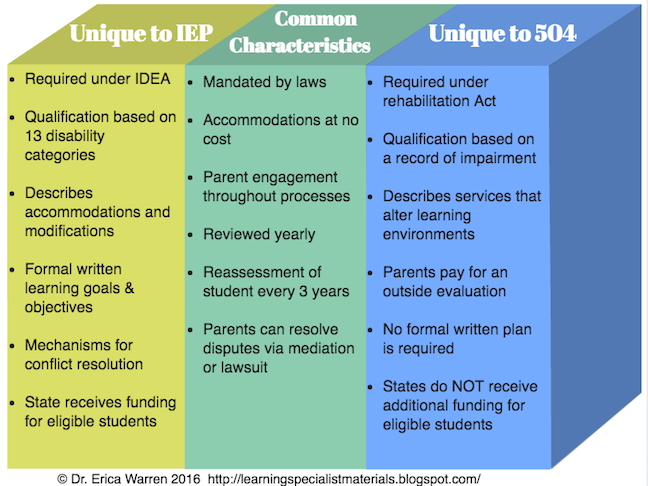 32 841.92] /Contents 130 0 R /group> /Tabs /S /StructParents 15 >> endobj 21 0 obj > /ProcSet [/PDF /Text /ImageB /ImageC /ImageI] >> /MediaBox[0 0 595.32 841.92] /Contents 131 0 R /group> /Tabs /S /StructParents 16 >> endobj 22 0 obj > /ProcSet [/PDF /Text /ImageB /ImageC /ImageI] >> /MediaBox [0 0 595.32 841.92] /Contents 132 0R /group> /Tabs /S /StructParents 17 >> endobj 23 0 obj > /ProcSet [/PDF /Text /ImageB /ImageC /ImageI] >> /MediaBox [0 0 595.32 841.92] /Contents 133 0R /group> /Tabs /S /StructParents 18 >> endobj 24 0 obj > /ProcSet [/PDF /Text /ImageB /ImageC /ImageI] >> /MediaBox[0 0 595.32 841.92] /Contents 134 0R /group> /Tabs /S /StructParents 19 >> endobj 25 0 obj > /ProcSet [/PDF /Text /ImageB /ImageC /ImageI] >> /MediaBox [0 0 595.32 841.92] /Contents 135 0 R /group> /Tabs /S /StructParents 20 >> endobj 26 0 obj > /ProcSet [/PDF /Text /ImageB /ImageC /ImageI] >> /MediaBox [0 0 595.32 841.92] /Contents 136 0R /group> /Tabs /S /StructParents 21 >> endobj 27 0 obj > /ProcSet [/PDF /Text /ImageB /ImageC /ImageI] >> /MediaBox[0 0 595.
32 841.92] /Contents 130 0 R /group> /Tabs /S /StructParents 15 >> endobj 21 0 obj > /ProcSet [/PDF /Text /ImageB /ImageC /ImageI] >> /MediaBox[0 0 595.32 841.92] /Contents 131 0 R /group> /Tabs /S /StructParents 16 >> endobj 22 0 obj > /ProcSet [/PDF /Text /ImageB /ImageC /ImageI] >> /MediaBox [0 0 595.32 841.92] /Contents 132 0R /group> /Tabs /S /StructParents 17 >> endobj 23 0 obj > /ProcSet [/PDF /Text /ImageB /ImageC /ImageI] >> /MediaBox [0 0 595.32 841.92] /Contents 133 0R /group> /Tabs /S /StructParents 18 >> endobj 24 0 obj > /ProcSet [/PDF /Text /ImageB /ImageC /ImageI] >> /MediaBox[0 0 595.32 841.92] /Contents 134 0R /group> /Tabs /S /StructParents 19 >> endobj 25 0 obj > /ProcSet [/PDF /Text /ImageB /ImageC /ImageI] >> /MediaBox [0 0 595.32 841.92] /Contents 135 0 R /group> /Tabs /S /StructParents 20 >> endobj 26 0 obj > /ProcSet [/PDF /Text /ImageB /ImageC /ImageI] >> /MediaBox [0 0 595.32 841.92] /Contents 136 0R /group> /Tabs /S /StructParents 21 >> endobj 27 0 obj > /ProcSet [/PDF /Text /ImageB /ImageC /ImageI] >> /MediaBox[0 0 595.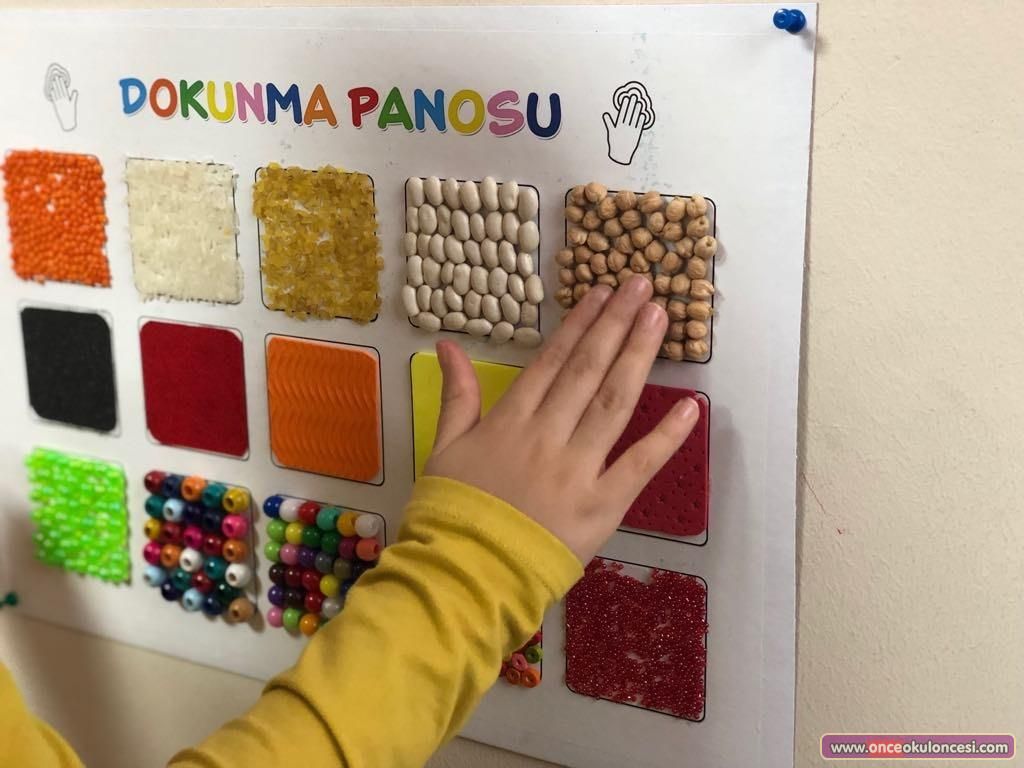 32 841.92] /Contents 137 0 R /group> /Tabs /S /StructParents 22 >> endobj 28 0 obj > /ProcSet [/PDF /Text /ImageB /ImageC /ImageI] >> /MediaBox [0 0 595.32 841.92] /Contents 138 0R /group> /Tabs /S /StructParents 23 >> endobj 29 0 obj > /ProcSet [/PDF /Text /ImageB /ImageC /ImageI] >> /MediaBox [0 0 595.32 841.92] /Contents 139 0R /group> /Tabs /S /StructParents 24 >> endobj 30 0 obj > /ProcSet [/PDF /Text /ImageB /ImageC /ImageI] >> /MediaBox[0 0 595.32 841.92] /Contents 140 0 R /group> /Tabs /S /StructParents 25 >> endobj 31 0 obj > /ProcSet [/PDF /Text /ImageB /ImageC /ImageI] >> /MediaBox [0 0 595.32 841.92] /Contents 141 0 R /group> /Tabs /S /StructParents 26 >> endobj 32 0 obj > /ProcSet [/PDF /Text /ImageB /ImageC /ImageI] >> /MediaBox [0 0 595.32 841.92] /Contents 142 0 R /group> /Tabs /S /StructParents 27 >> endobj 33 0 obj > /ProcSet [/PDF /Text /ImageB /ImageC /ImageI] >> /MediaBox[0 0 595.32 841.92] /Contents 143 0 R /group> /Tabs /S /StructParents 28 >> endobj 34 0 obj > /ProcSet [/PDF /Text /ImageB /ImageC /ImageI] >> /MediaBox [0 0 595.
32 841.92] /Contents 137 0 R /group> /Tabs /S /StructParents 22 >> endobj 28 0 obj > /ProcSet [/PDF /Text /ImageB /ImageC /ImageI] >> /MediaBox [0 0 595.32 841.92] /Contents 138 0R /group> /Tabs /S /StructParents 23 >> endobj 29 0 obj > /ProcSet [/PDF /Text /ImageB /ImageC /ImageI] >> /MediaBox [0 0 595.32 841.92] /Contents 139 0R /group> /Tabs /S /StructParents 24 >> endobj 30 0 obj > /ProcSet [/PDF /Text /ImageB /ImageC /ImageI] >> /MediaBox[0 0 595.32 841.92] /Contents 140 0 R /group> /Tabs /S /StructParents 25 >> endobj 31 0 obj > /ProcSet [/PDF /Text /ImageB /ImageC /ImageI] >> /MediaBox [0 0 595.32 841.92] /Contents 141 0 R /group> /Tabs /S /StructParents 26 >> endobj 32 0 obj > /ProcSet [/PDF /Text /ImageB /ImageC /ImageI] >> /MediaBox [0 0 595.32 841.92] /Contents 142 0 R /group> /Tabs /S /StructParents 27 >> endobj 33 0 obj > /ProcSet [/PDF /Text /ImageB /ImageC /ImageI] >> /MediaBox[0 0 595.32 841.92] /Contents 143 0 R /group> /Tabs /S /StructParents 28 >> endobj 34 0 obj > /ProcSet [/PDF /Text /ImageB /ImageC /ImageI] >> /MediaBox [0 0 595.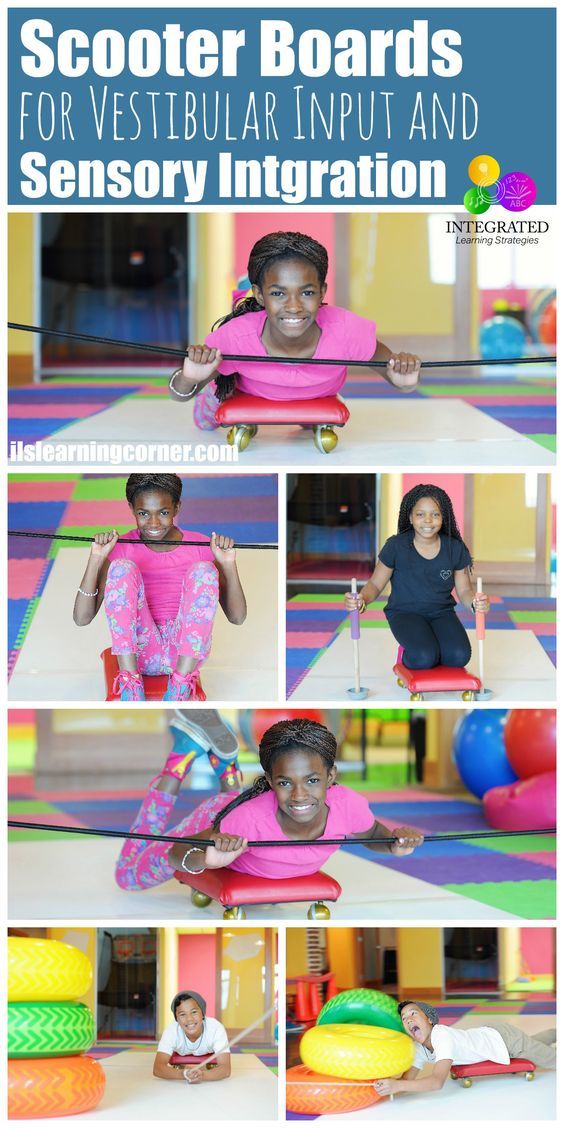 32 841.92] /Contents 144 0 R /group> /Tabs /S /StructParents 29 >> endobj 35 0 obj > /ProcSet [/PDF /Text /ImageB /ImageC /ImageI] >> /MediaBox [0 0 595.32 841.92] /Contents 145 0 R /group> /Tabs /S /StructParents 30 >> endobj 36 0 obj > /ProcSet [/PDF /Text /ImageB /ImageC /ImageI] >> /MediaBox[0 0 595.32 841.92] /Contents 146 0 R /group> /Tabs /S /StructParents 31 >> endobj 37 0 obj > /XObject> /ProcSet [/PDF /Text /ImageB /ImageC /ImageI] >> /MediaBox [0 0 595.32 841.92] /Contents 148 0R /group> /Tabs /S /StructParents 32 >> endobj 38 0 obj > /ProcSet [/PDF /Text /ImageB /ImageC /ImageI] >> /MediaBox [0 0 595.32 841.92] /Contents 149 0R /group> /Tabs /S /StructParents 33 >> endobj 39 0 obj > /XObject> /ProcSet [/PDF /Text /ImageB /ImageC /ImageI] >> /MediaBox[0 0 595.32 841.92] /Contents 150 0 R /group> /Tabs /S /StructParents 34 >> endobj 40 0 obj > /ProcSet [/PDF /Text /ImageB /ImageC /ImageI] >> /MediaBox [0 0 595.32 841.92] /Contents 151 0 R /group> /Tabs /S /StructParents 35 >> endobj 41 0 obj > /ProcSet [/PDF /Text /ImageB /ImageC /ImageI] >> /MediaBox [0 0 595.
32 841.92] /Contents 144 0 R /group> /Tabs /S /StructParents 29 >> endobj 35 0 obj > /ProcSet [/PDF /Text /ImageB /ImageC /ImageI] >> /MediaBox [0 0 595.32 841.92] /Contents 145 0 R /group> /Tabs /S /StructParents 30 >> endobj 36 0 obj > /ProcSet [/PDF /Text /ImageB /ImageC /ImageI] >> /MediaBox[0 0 595.32 841.92] /Contents 146 0 R /group> /Tabs /S /StructParents 31 >> endobj 37 0 obj > /XObject> /ProcSet [/PDF /Text /ImageB /ImageC /ImageI] >> /MediaBox [0 0 595.32 841.92] /Contents 148 0R /group> /Tabs /S /StructParents 32 >> endobj 38 0 obj > /ProcSet [/PDF /Text /ImageB /ImageC /ImageI] >> /MediaBox [0 0 595.32 841.92] /Contents 149 0R /group> /Tabs /S /StructParents 33 >> endobj 39 0 obj > /XObject> /ProcSet [/PDF /Text /ImageB /ImageC /ImageI] >> /MediaBox[0 0 595.32 841.92] /Contents 150 0 R /group> /Tabs /S /StructParents 34 >> endobj 40 0 obj > /ProcSet [/PDF /Text /ImageB /ImageC /ImageI] >> /MediaBox [0 0 595.32 841.92] /Contents 151 0 R /group> /Tabs /S /StructParents 35 >> endobj 41 0 obj > /ProcSet [/PDF /Text /ImageB /ImageC /ImageI] >> /MediaBox [0 0 595. 32 841.92] /Contents 152 0 R /group> /Tabs /S /StructParents 36 >> endobj 42 0 obj > /ProcSet [/PDF /Text /ImageB /ImageC /ImageI] >> /MediaBox[0 0 595.32 841.92] /Contents 153 0R /group> /Tabs /S /StructParents 37 >> endobj 43 0 obj > /ProcSet [/PDF /Text /ImageB /ImageC /ImageI] >> /MediaBox [0 0 595.32 841.92] /Contents 154 0R /group> /Tabs /S /StructParents 38 >> endobj 44 0 obj > /XObject> /ProcSet [/PDF /Text /ImageB /ImageC /ImageI] >> /MediaBox [0 0 595.32 841.92] /Contents 156 0R /group> /Tabs /S /StructParents 39 >> endobj 45 0 obj > /XObject> /ProcSet [/PDF /Text /ImageB /ImageC /ImageI] >> /MediaBox[0 0 595.32 841.92] /Contents 159 0 R /group> /Tabs /S /StructParents 40 >> endobj 46 0 obj > /XObject> /ProcSet [/PDF /Text /ImageB /ImageC /ImageI] >> /MediaBox [0 0 595.32 841.92] /Contents 161 0R /group> /Tabs /S /StructParents 41 >> endobj 47 0 obj > /XObject> /ProcSet [/PDF /Text /ImageB /ImageC /ImageI] >> /MediaBox [0 0 595.32 841.92] /Contents 164 0 R /group> /Tabs /S /StructParents 42 >> endobj 48 0 obj > /XObject> /ProcSet [/PDF /Text /ImageB /ImageC /ImageI] >> /MediaBox[0 0 595.
32 841.92] /Contents 152 0 R /group> /Tabs /S /StructParents 36 >> endobj 42 0 obj > /ProcSet [/PDF /Text /ImageB /ImageC /ImageI] >> /MediaBox[0 0 595.32 841.92] /Contents 153 0R /group> /Tabs /S /StructParents 37 >> endobj 43 0 obj > /ProcSet [/PDF /Text /ImageB /ImageC /ImageI] >> /MediaBox [0 0 595.32 841.92] /Contents 154 0R /group> /Tabs /S /StructParents 38 >> endobj 44 0 obj > /XObject> /ProcSet [/PDF /Text /ImageB /ImageC /ImageI] >> /MediaBox [0 0 595.32 841.92] /Contents 156 0R /group> /Tabs /S /StructParents 39 >> endobj 45 0 obj > /XObject> /ProcSet [/PDF /Text /ImageB /ImageC /ImageI] >> /MediaBox[0 0 595.32 841.92] /Contents 159 0 R /group> /Tabs /S /StructParents 40 >> endobj 46 0 obj > /XObject> /ProcSet [/PDF /Text /ImageB /ImageC /ImageI] >> /MediaBox [0 0 595.32 841.92] /Contents 161 0R /group> /Tabs /S /StructParents 41 >> endobj 47 0 obj > /XObject> /ProcSet [/PDF /Text /ImageB /ImageC /ImageI] >> /MediaBox [0 0 595.32 841.92] /Contents 164 0 R /group> /Tabs /S /StructParents 42 >> endobj 48 0 obj > /XObject> /ProcSet [/PDF /Text /ImageB /ImageC /ImageI] >> /MediaBox[0 0 595.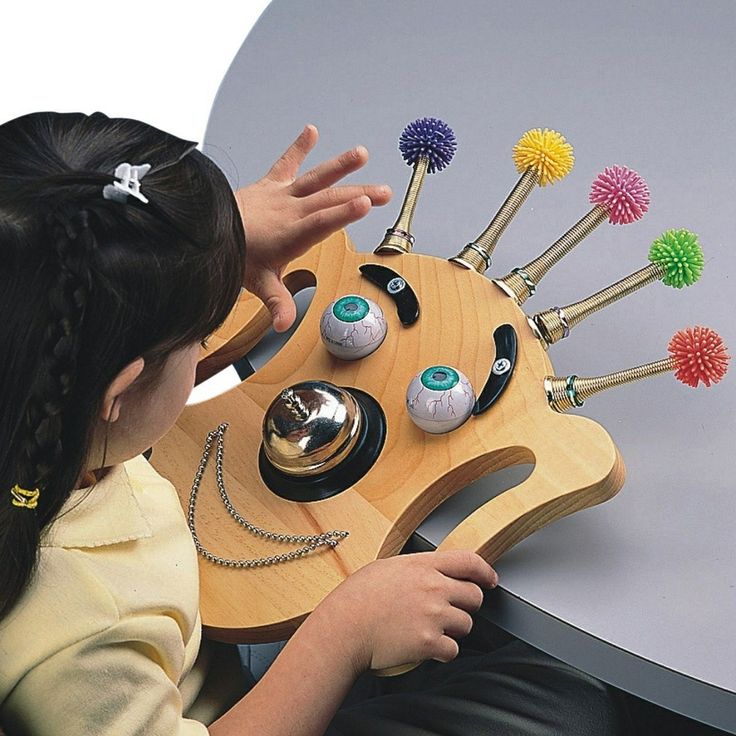 32 841.92] /Contents 165 0 R /group> /Tabs /S /StructParents 43 >> endobj 49 0 obj > /XObject> /ProcSet [/PDF /Text /ImageB /ImageC /ImageI] >> /MediaBox [0 0 595.32 841.92] /Contents 167 0 R /group> /Tabs /S /StructParents 44 >> endobj 50 0 obj > /ProcSet [/PDF /Text /ImageB /ImageC /ImageI] >> /MediaBox [0 0 595.32 841.92] /Contents 168 0 R /group> /Tabs /S /StructParents 45 >> endobj 51 0 obj > /ProcSet [/PDF /Text /ImageB /ImageC /ImageI] >> /MediaBox[0 0 595.32 841.92] /Contents 169 0 R /group> /Tabs /S /StructParents 46 >> endobj 52 0 obj > /ProcSet [/PDF /Text /ImageB /ImageC /ImageI] >> /MediaBox [0 0 595.32 841.92] /Contents 171 0R /group> /Tabs /S /StructParents 47 >> endobj 53 0 obj > /ProcSet [/PDF /Text /ImageB /ImageC /ImageI] >> /MediaBox [0 0 595.32 841.92] /Contents 172 0R /group> /Tabs /S /StructParents 48 >> endobj 54 0 obj > /ProcSet [/PDF /Text /ImageB /ImageC /ImageI] >> /MediaBox[0 0 595.32 841.92] /Contents 173 0R /group> /Tabs /S /StructParents 49 >> endobj 55 0 obj > /XObject> /ProcSet [/PDF /Text /ImageB /ImageC /ImageI] >> /MediaBox [0 0 595.
32 841.92] /Contents 165 0 R /group> /Tabs /S /StructParents 43 >> endobj 49 0 obj > /XObject> /ProcSet [/PDF /Text /ImageB /ImageC /ImageI] >> /MediaBox [0 0 595.32 841.92] /Contents 167 0 R /group> /Tabs /S /StructParents 44 >> endobj 50 0 obj > /ProcSet [/PDF /Text /ImageB /ImageC /ImageI] >> /MediaBox [0 0 595.32 841.92] /Contents 168 0 R /group> /Tabs /S /StructParents 45 >> endobj 51 0 obj > /ProcSet [/PDF /Text /ImageB /ImageC /ImageI] >> /MediaBox[0 0 595.32 841.92] /Contents 169 0 R /group> /Tabs /S /StructParents 46 >> endobj 52 0 obj > /ProcSet [/PDF /Text /ImageB /ImageC /ImageI] >> /MediaBox [0 0 595.32 841.92] /Contents 171 0R /group> /Tabs /S /StructParents 47 >> endobj 53 0 obj > /ProcSet [/PDF /Text /ImageB /ImageC /ImageI] >> /MediaBox [0 0 595.32 841.92] /Contents 172 0R /group> /Tabs /S /StructParents 48 >> endobj 54 0 obj > /ProcSet [/PDF /Text /ImageB /ImageC /ImageI] >> /MediaBox[0 0 595.32 841.92] /Contents 173 0R /group> /Tabs /S /StructParents 49 >> endobj 55 0 obj > /XObject> /ProcSet [/PDF /Text /ImageB /ImageC /ImageI] >> /MediaBox [0 0 595. 32 841.92] /Contents 174 0 R /group> /Tabs /S /StructParents 50 >> endobj 56 0 obj > /ProcSet [/PDF /Text /ImageB /ImageC /ImageI] >> /MediaBox [0 0 595.32 841.92] /Contents 175 0R /group> /Tabs /S /StructParents 51 >> endobj 57 0 obj > /ProcSet [/PDF /Text /ImageB /ImageC /ImageI] >> /MediaBox[0 0 595.32 841.92] /Contents 176 0 R /group> /Tabs /S /StructParents 52 >> endobj 58 0 obj > /ProcSet [/PDF /Text /ImageB /ImageC /ImageI] >> /MediaBox [0 0 595.32 841.92] /Contents 177 0 R /group> /Tabs /S /StructParents 53 >> endobj 59 0 obj > /ProcSet [/PDF /Text /ImageB /ImageC /ImageI] >> /MediaBox [0 0 595.32 841.92] /Contents 178 0 R /group> /Tabs /S /StructParents 54 >> endobj 60 0 obj > /ProcSet [/PDF /Text /ImageB /ImageC /ImageI] >> /MediaBox[0 0 595.32 841.92] /Contents 179 0R /group> /Tabs /S /StructParents 55 >> endobj 61 0 obj > /ProcSet [/PDF /Text /ImageB /ImageC /ImageI] >> /MediaBox [0 0 595.32 841.92] /Contents 180 0 R /group> /Tabs /S /StructParents 56 >> endobj 62 0 obj > /ProcSet [/PDF /Text /ImageB /ImageC /ImageI] >> /MediaBox [0 0 595.
32 841.92] /Contents 174 0 R /group> /Tabs /S /StructParents 50 >> endobj 56 0 obj > /ProcSet [/PDF /Text /ImageB /ImageC /ImageI] >> /MediaBox [0 0 595.32 841.92] /Contents 175 0R /group> /Tabs /S /StructParents 51 >> endobj 57 0 obj > /ProcSet [/PDF /Text /ImageB /ImageC /ImageI] >> /MediaBox[0 0 595.32 841.92] /Contents 176 0 R /group> /Tabs /S /StructParents 52 >> endobj 58 0 obj > /ProcSet [/PDF /Text /ImageB /ImageC /ImageI] >> /MediaBox [0 0 595.32 841.92] /Contents 177 0 R /group> /Tabs /S /StructParents 53 >> endobj 59 0 obj > /ProcSet [/PDF /Text /ImageB /ImageC /ImageI] >> /MediaBox [0 0 595.32 841.92] /Contents 178 0 R /group> /Tabs /S /StructParents 54 >> endobj 60 0 obj > /ProcSet [/PDF /Text /ImageB /ImageC /ImageI] >> /MediaBox[0 0 595.32 841.92] /Contents 179 0R /group> /Tabs /S /StructParents 55 >> endobj 61 0 obj > /ProcSet [/PDF /Text /ImageB /ImageC /ImageI] >> /MediaBox [0 0 595.32 841.92] /Contents 180 0 R /group> /Tabs /S /StructParents 56 >> endobj 62 0 obj > /ProcSet [/PDF /Text /ImageB /ImageC /ImageI] >> /MediaBox [0 0 595.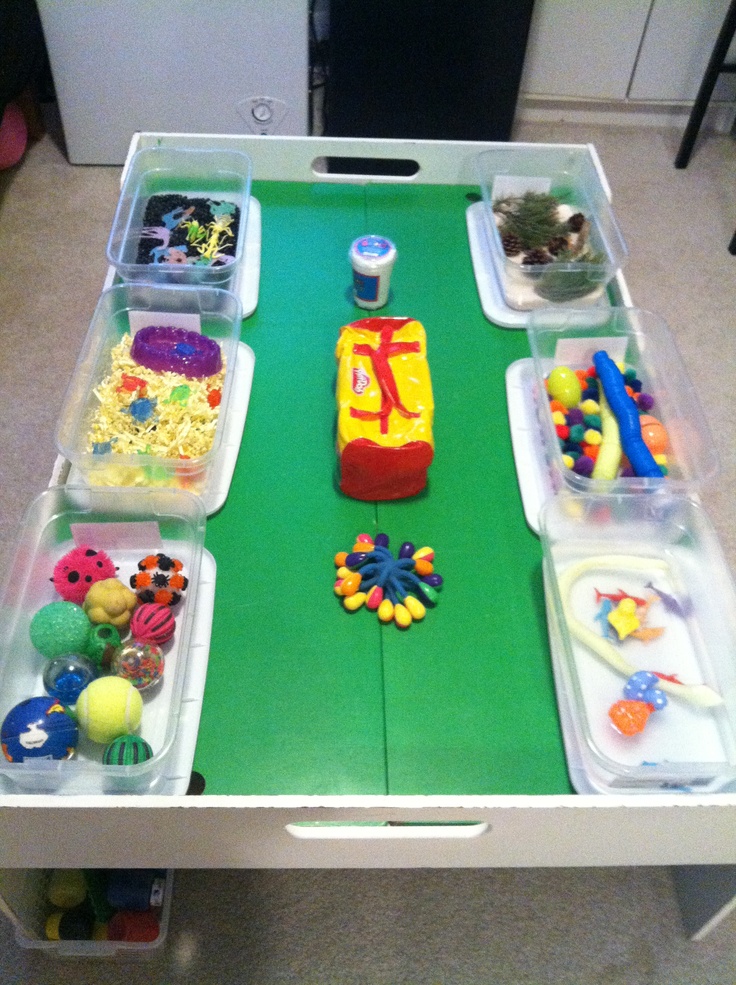 32 841.92] /Contents 181 0 R /group> /Tabs /S /StructParents 57 >> endobj 63 0 obj > /ProcSet [/PDF /Text /ImageB /ImageC /ImageI] >> /MediaBox[0 0 595.32 841.92] /Contents 182 0 R /group> /Tabs /S /StructParents 58 >> endobj 64 0 obj > /ProcSet [/PDF /Text /ImageB /ImageC /ImageI] >> /MediaBox [0 0 595.32 841.92] /Contents 183 0 R /group> /Tabs /S /StructParents 59 >> endobj 65 0 obj > /XObject> /ProcSet [/PDF /Text /ImageB /ImageC /ImageI] >> /MediaBox [0 0 595.32 841.92] /Contents 184 0 R /group> /Tabs /S /StructParents 60 >> endobj 66 0 obj > /ProcSet [/PDF /Text /ImageB /ImageC /ImageI] >> /MediaBox[0 0 595.32 841.92] /Contents 185 0 R /group> /Tabs /S /StructParents 61 >> endobj 67 0 obj > /ProcSet [/PDF /Text /ImageB /ImageC /ImageI] >> /MediaBox [0 0 595.32 841.92] /Contents 186 0 R /group> /Tabs /S /StructParents 62 >> endobj 68 0 obj > /XObject> /ProcSet [/PDF /Text /ImageB /ImageC /ImageI] >> /MediaBox [0 0 595.32 841.92] /Contents 187 0 R /group> /Tabs /S /StructParents 63 >> endobj 69 0 obj > /ProcSet [/PDF /Text /ImageB /ImageC /ImageI] >> /MediaBox[0 0 595.
32 841.92] /Contents 181 0 R /group> /Tabs /S /StructParents 57 >> endobj 63 0 obj > /ProcSet [/PDF /Text /ImageB /ImageC /ImageI] >> /MediaBox[0 0 595.32 841.92] /Contents 182 0 R /group> /Tabs /S /StructParents 58 >> endobj 64 0 obj > /ProcSet [/PDF /Text /ImageB /ImageC /ImageI] >> /MediaBox [0 0 595.32 841.92] /Contents 183 0 R /group> /Tabs /S /StructParents 59 >> endobj 65 0 obj > /XObject> /ProcSet [/PDF /Text /ImageB /ImageC /ImageI] >> /MediaBox [0 0 595.32 841.92] /Contents 184 0 R /group> /Tabs /S /StructParents 60 >> endobj 66 0 obj > /ProcSet [/PDF /Text /ImageB /ImageC /ImageI] >> /MediaBox[0 0 595.32 841.92] /Contents 185 0 R /group> /Tabs /S /StructParents 61 >> endobj 67 0 obj > /ProcSet [/PDF /Text /ImageB /ImageC /ImageI] >> /MediaBox [0 0 595.32 841.92] /Contents 186 0 R /group> /Tabs /S /StructParents 62 >> endobj 68 0 obj > /XObject> /ProcSet [/PDF /Text /ImageB /ImageC /ImageI] >> /MediaBox [0 0 595.32 841.92] /Contents 187 0 R /group> /Tabs /S /StructParents 63 >> endobj 69 0 obj > /ProcSet [/PDF /Text /ImageB /ImageC /ImageI] >> /MediaBox[0 0 595.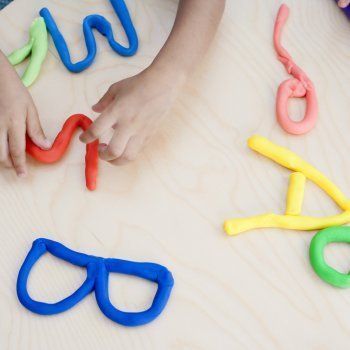 32 841.92] /Contents 188 0 R /group> /Tabs /S /StructParents 64 >> endobj 70 0 obj > /ProcSet [/PDF /Text /ImageB /ImageC /ImageI] >> /MediaBox [0 0 595.32 841.92] /Contents 189 0 R /group> /Tabs /S /StructParents 65 >> endobj 71 0 obj > /ProcSet [/PDF /Text /ImageB /ImageC /ImageI] >> /MediaBox [0 0 595.32 841.92] /Contents 190 0R /group> /Tabs /S /StructParents 66 >> endobj 72 0 obj > /ProcSet [/PDF /Text /ImageB /ImageC /ImageI] >> /MediaBox[0 0 595.32 841.92] /Contents 191 0 R /group> /Tabs /S /StructParents 67 >> endobj 73 0 obj > /ProcSet [/PDF /Text /ImageB /ImageC /ImageI] >> /MediaBox [0 0 595.32 841.92] /Contents 192 0 R /group> /Tabs /S /StructParents 68 >> endobj 74 0 obj > /ProcSet [/PDF /Text /ImageB /ImageC /ImageI] >> /MediaBox [0 0 595.32 841.92] /Contents 193 0 R /group> /Tabs /S /StructParents 69 >> endobj 75 0 obj > /ProcSet [/PDF /Text /ImageB /ImageC /ImageI] >> /MediaBox[0 0 595.32 841.92] /Contents 194 0 R /group> /Tabs /S /StructParents 70 >> endobj 76 0 obj > /XObject> /ProcSet [/PDF /Text /ImageB /ImageC /ImageI] >> /MediaBox [0 0 595.
32 841.92] /Contents 188 0 R /group> /Tabs /S /StructParents 64 >> endobj 70 0 obj > /ProcSet [/PDF /Text /ImageB /ImageC /ImageI] >> /MediaBox [0 0 595.32 841.92] /Contents 189 0 R /group> /Tabs /S /StructParents 65 >> endobj 71 0 obj > /ProcSet [/PDF /Text /ImageB /ImageC /ImageI] >> /MediaBox [0 0 595.32 841.92] /Contents 190 0R /group> /Tabs /S /StructParents 66 >> endobj 72 0 obj > /ProcSet [/PDF /Text /ImageB /ImageC /ImageI] >> /MediaBox[0 0 595.32 841.92] /Contents 191 0 R /group> /Tabs /S /StructParents 67 >> endobj 73 0 obj > /ProcSet [/PDF /Text /ImageB /ImageC /ImageI] >> /MediaBox [0 0 595.32 841.92] /Contents 192 0 R /group> /Tabs /S /StructParents 68 >> endobj 74 0 obj > /ProcSet [/PDF /Text /ImageB /ImageC /ImageI] >> /MediaBox [0 0 595.32 841.92] /Contents 193 0 R /group> /Tabs /S /StructParents 69 >> endobj 75 0 obj > /ProcSet [/PDF /Text /ImageB /ImageC /ImageI] >> /MediaBox[0 0 595.32 841.92] /Contents 194 0 R /group> /Tabs /S /StructParents 70 >> endobj 76 0 obj > /XObject> /ProcSet [/PDF /Text /ImageB /ImageC /ImageI] >> /MediaBox [0 0 595. 32 841.92] /Contents 196 0 R /group> /Tabs /S /StructParents 71 >> endobj 77 0 obj > /XObject> /ProcSet [/PDF /Text /ImageB /ImageC /ImageI] >> /MediaBox [0 0 595.32 841.92] /Contents 199 0 R /group> /Tabs /S /StructParents 72 >> endobj 78 0 obj > /XObject> /ProcSet [/PDF /Text /ImageB /ImageC /ImageI] >> /MediaBox[0 0 595.32 841.92] /Contents 201 0 R /group> /Tabs /S /StructParents 73 >> endobj 79 0 obj > /XObject> /ProcSet [/PDF /Text /ImageB /ImageC /ImageI] >> /MediaBox [0 0 595.32 841.92] /Contents 203 0 R /group> /Tabs /S /StructParents 74 >> endobj 80 0 obj > /XObject> /ProcSet [/PDF /Text /ImageB /ImageC /ImageI] >> /MediaBox [0 0 595.32 841.92] /Contents 205 0 R /group> /Tabs /S /StructParents 75 >> endobj 81 0 obj > /ProcSet [/PDF /Text /ImageB /ImageC /ImageI] >> /MediaBox[0 0 595.32 841.92] /Contents 206 0R /group> /Tabs /S /StructParents 76 >> endobj 82 0 obj > /XObject> /ProcSet [/PDF /Text /ImageB /ImageC /ImageI] >> /MediaBox [0 0 595.32 841.92] /Contents 208 0R /group> /Tabs /S /StructParents 77 >> endobj 83 0 obj > /ProcSet [/PDF /Text /ImageB /ImageC /ImageI] >> /MediaBox [0 0 595.
32 841.92] /Contents 196 0 R /group> /Tabs /S /StructParents 71 >> endobj 77 0 obj > /XObject> /ProcSet [/PDF /Text /ImageB /ImageC /ImageI] >> /MediaBox [0 0 595.32 841.92] /Contents 199 0 R /group> /Tabs /S /StructParents 72 >> endobj 78 0 obj > /XObject> /ProcSet [/PDF /Text /ImageB /ImageC /ImageI] >> /MediaBox[0 0 595.32 841.92] /Contents 201 0 R /group> /Tabs /S /StructParents 73 >> endobj 79 0 obj > /XObject> /ProcSet [/PDF /Text /ImageB /ImageC /ImageI] >> /MediaBox [0 0 595.32 841.92] /Contents 203 0 R /group> /Tabs /S /StructParents 74 >> endobj 80 0 obj > /XObject> /ProcSet [/PDF /Text /ImageB /ImageC /ImageI] >> /MediaBox [0 0 595.32 841.92] /Contents 205 0 R /group> /Tabs /S /StructParents 75 >> endobj 81 0 obj > /ProcSet [/PDF /Text /ImageB /ImageC /ImageI] >> /MediaBox[0 0 595.32 841.92] /Contents 206 0R /group> /Tabs /S /StructParents 76 >> endobj 82 0 obj > /XObject> /ProcSet [/PDF /Text /ImageB /ImageC /ImageI] >> /MediaBox [0 0 595.32 841.92] /Contents 208 0R /group> /Tabs /S /StructParents 77 >> endobj 83 0 obj > /ProcSet [/PDF /Text /ImageB /ImageC /ImageI] >> /MediaBox [0 0 595.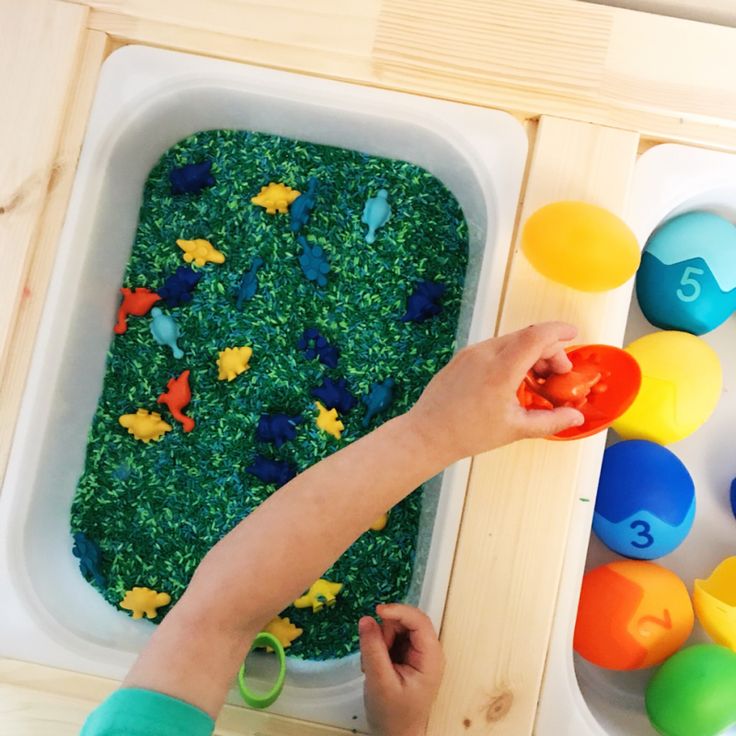 32 841.92] /Contents 209 0 R /group> /Tabs /S /StructParents 78 >> endobj 84 0 obj > /XObject> /ProcSet [/PDF /Text /ImageB /ImageC /ImageI] >> /MediaBox[0 0 595.32 841.92] /Contents 210 0 R /group> /Tabs /S /StructParents 79 >> endobj 85 0 obj > /ProcSet [/PDF /Text /ImageB /ImageC /ImageI] >> /MediaBox [0 0 595.32 841.92] /Contents 211 0 R /group> /Tabs /S /StructParents 80 >> endobj 86 0 obj > /ProcSet [/PDF /Text /ImageB /ImageC /ImageI] >> /MediaBox [0 0 595.32 841.92] /Contents 212 0 R /group> /Tabs /S /StructParents 81 >> endobj 87 0 obj > /ProcSet [/PDF /Text /ImageB /ImageC /ImageI] >> /MediaBox[0 0 595.32 841.92] /Contents 213 0R /group> /Tabs /S /StructParents 82 >> endobj 88 0 obj > /ProcSet [/PDF /Text /ImageB /ImageC /ImageI] >> /MediaBox [0 0 595.32 841.92] /Contents 214 0 R /group> /Tabs /S /StructParents 83 >> endobj 89 0 obj > /ProcSet [/PDF /Text /ImageB /ImageC /ImageI] >> /MediaBox [0 0 595.32 841.92] /Contents 215 0 R /group> /Tabs /S /StructParents 84 >> endobj 90 0 obj > /ProcSet [/PDF /Text /ImageB /ImageC /ImageI] >> /MediaBox[0 0 595.
32 841.92] /Contents 209 0 R /group> /Tabs /S /StructParents 78 >> endobj 84 0 obj > /XObject> /ProcSet [/PDF /Text /ImageB /ImageC /ImageI] >> /MediaBox[0 0 595.32 841.92] /Contents 210 0 R /group> /Tabs /S /StructParents 79 >> endobj 85 0 obj > /ProcSet [/PDF /Text /ImageB /ImageC /ImageI] >> /MediaBox [0 0 595.32 841.92] /Contents 211 0 R /group> /Tabs /S /StructParents 80 >> endobj 86 0 obj > /ProcSet [/PDF /Text /ImageB /ImageC /ImageI] >> /MediaBox [0 0 595.32 841.92] /Contents 212 0 R /group> /Tabs /S /StructParents 81 >> endobj 87 0 obj > /ProcSet [/PDF /Text /ImageB /ImageC /ImageI] >> /MediaBox[0 0 595.32 841.92] /Contents 213 0R /group> /Tabs /S /StructParents 82 >> endobj 88 0 obj > /ProcSet [/PDF /Text /ImageB /ImageC /ImageI] >> /MediaBox [0 0 595.32 841.92] /Contents 214 0 R /group> /Tabs /S /StructParents 83 >> endobj 89 0 obj > /ProcSet [/PDF /Text /ImageB /ImageC /ImageI] >> /MediaBox [0 0 595.32 841.92] /Contents 215 0 R /group> /Tabs /S /StructParents 84 >> endobj 90 0 obj > /ProcSet [/PDF /Text /ImageB /ImageC /ImageI] >> /MediaBox[0 0 595.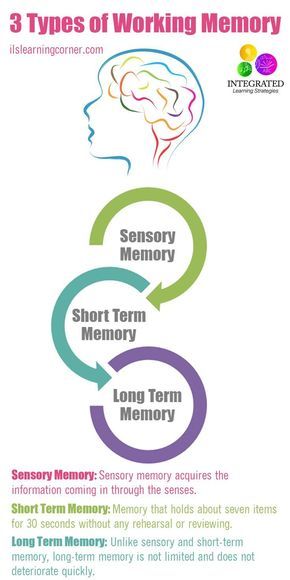 32 841.92] /Contents 216 0R /group> /Tabs /S /StructParents 85 >> endobj 91 0 obj > /ProcSet [/PDF /Text /ImageB /ImageC /ImageI] >> /MediaBox [0 0 595.32 841.92] /Contents 217 0R /group> /Tabs /S /StructParents 86 >> endobj 92 0 obj > /ProcSet [/PDF /Text /ImageB /ImageC /ImageI] >> /MediaBox [0 0 595.32 841.92] /Contents 218 0R /group> /Tabs /S /StructParents 87 >> endobj 93 0 obj > /ProcSet [/PDF /Text /ImageB /ImageC /ImageI] >> /MediaBox[0 0 595.32 841.92] /Contents 219 0 R /group> /Tabs /S /StructParents 88 >> endobj 94 0 obj > /ProcSet [/PDF /Text /ImageB /ImageC /ImageI] >> /MediaBox [0 0 595.32 841.92] /Contents 222 0R /group> /Tabs /S /StructParents 89 >> endobj 95 0 obj > /ProcSet [/PDF /Text /ImageB /ImageC /ImageI] >> /MediaBox [0 0 595.32 841.92] /Contents 223 0R /group> /Tabs /S /StructParents 90 >> endobj 96 0 obj > /XObject> /ProcSet [/PDF /Text /ImageB /ImageC /ImageI] >> /MediaBox[0 0 595.32 841.92] /Contents 225 0R /group> /Tabs /S /StructParents 91 >> endobj 97 0 obj > /XObject> /ProcSet [/PDF /Text /ImageB /ImageC /ImageI] >> /MediaBox [0 0 595.
32 841.92] /Contents 216 0R /group> /Tabs /S /StructParents 85 >> endobj 91 0 obj > /ProcSet [/PDF /Text /ImageB /ImageC /ImageI] >> /MediaBox [0 0 595.32 841.92] /Contents 217 0R /group> /Tabs /S /StructParents 86 >> endobj 92 0 obj > /ProcSet [/PDF /Text /ImageB /ImageC /ImageI] >> /MediaBox [0 0 595.32 841.92] /Contents 218 0R /group> /Tabs /S /StructParents 87 >> endobj 93 0 obj > /ProcSet [/PDF /Text /ImageB /ImageC /ImageI] >> /MediaBox[0 0 595.32 841.92] /Contents 219 0 R /group> /Tabs /S /StructParents 88 >> endobj 94 0 obj > /ProcSet [/PDF /Text /ImageB /ImageC /ImageI] >> /MediaBox [0 0 595.32 841.92] /Contents 222 0R /group> /Tabs /S /StructParents 89 >> endobj 95 0 obj > /ProcSet [/PDF /Text /ImageB /ImageC /ImageI] >> /MediaBox [0 0 595.32 841.92] /Contents 223 0R /group> /Tabs /S /StructParents 90 >> endobj 96 0 obj > /XObject> /ProcSet [/PDF /Text /ImageB /ImageC /ImageI] >> /MediaBox[0 0 595.32 841.92] /Contents 225 0R /group> /Tabs /S /StructParents 91 >> endobj 97 0 obj > /XObject> /ProcSet [/PDF /Text /ImageB /ImageC /ImageI] >> /MediaBox [0 0 595.